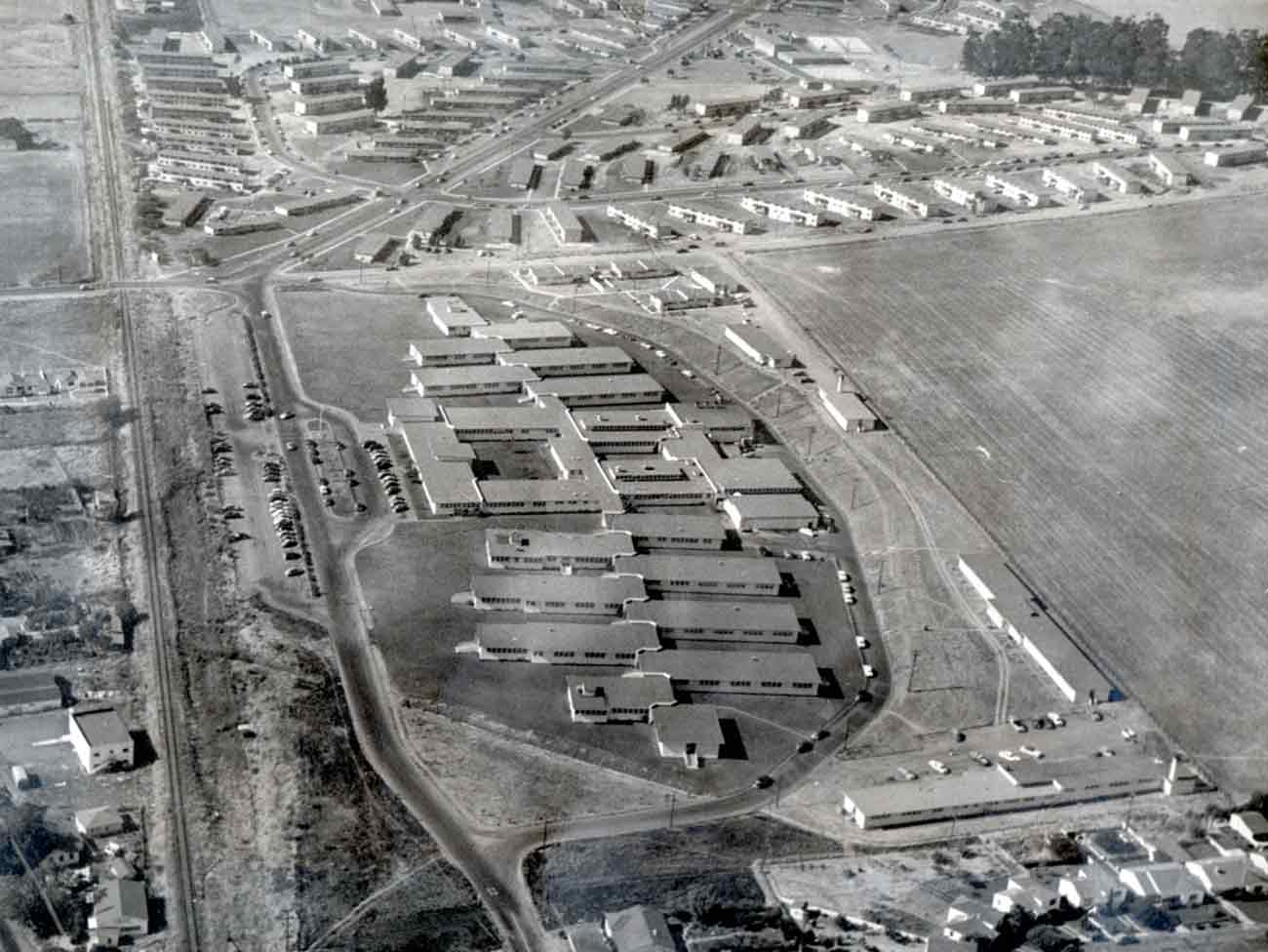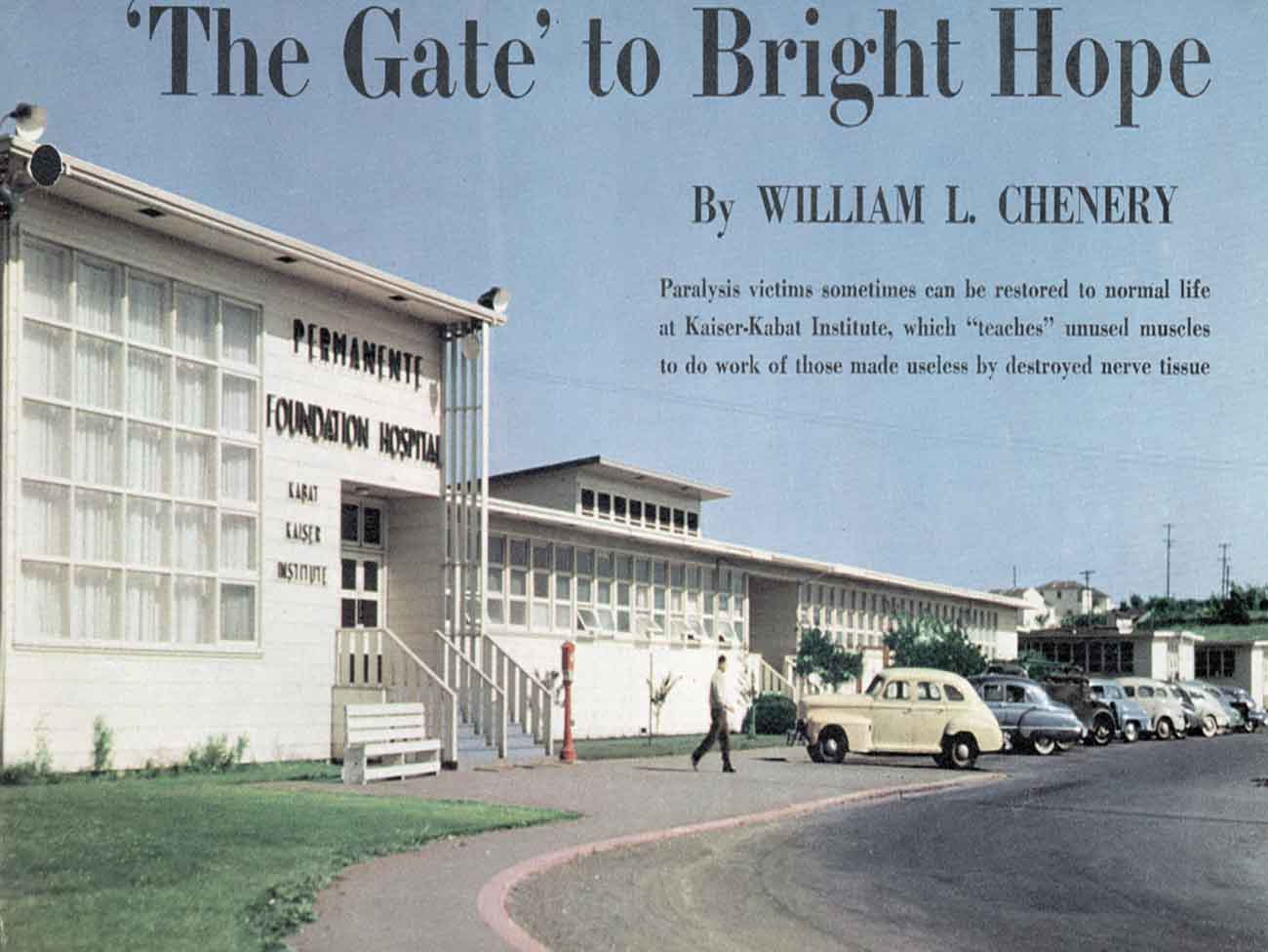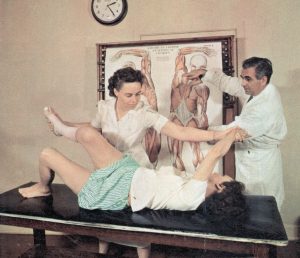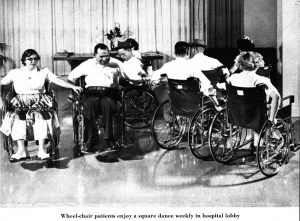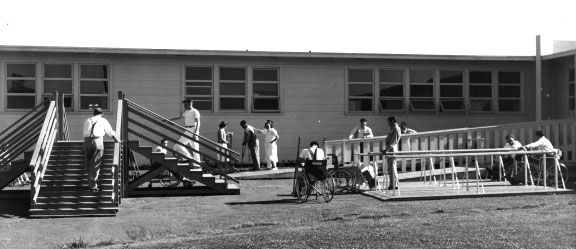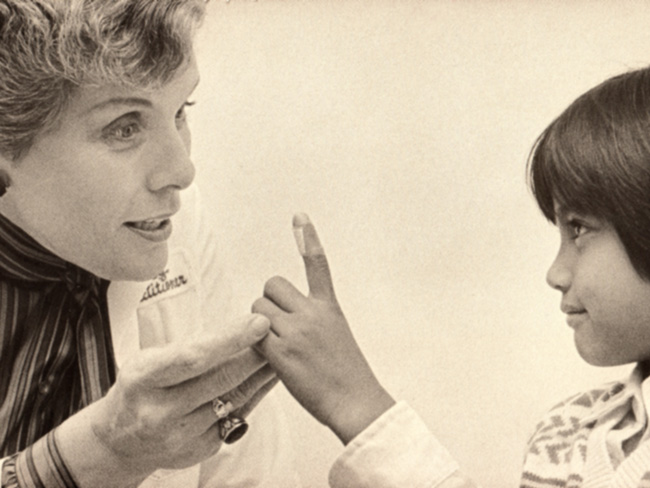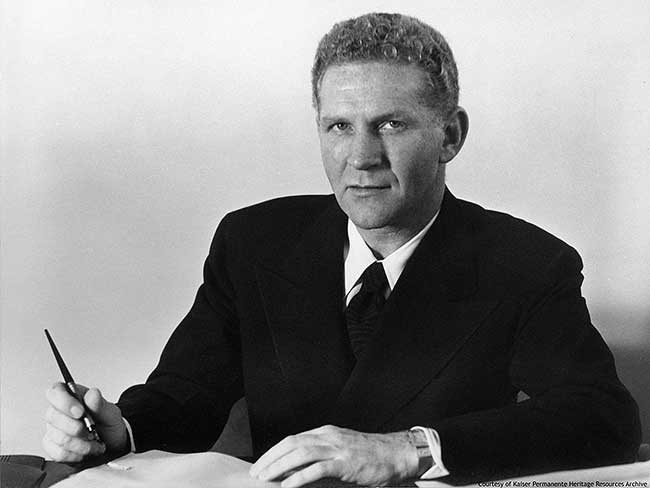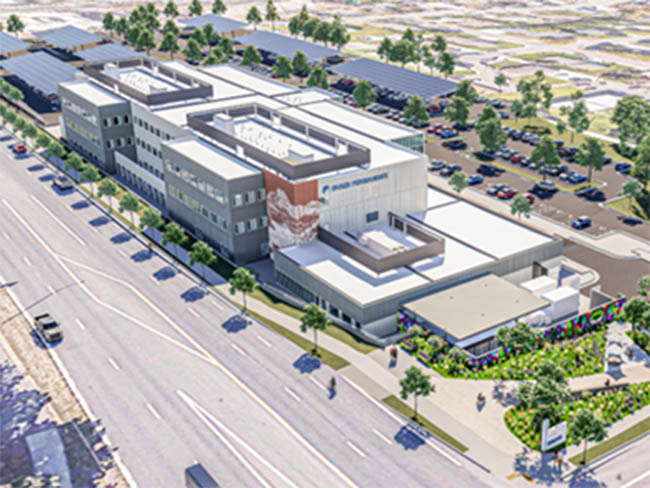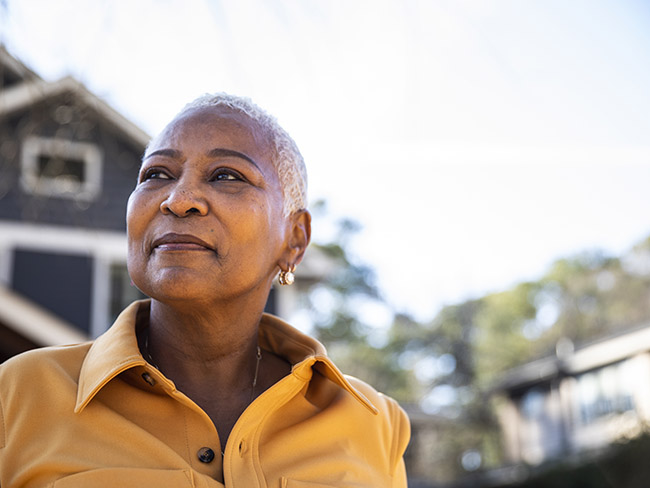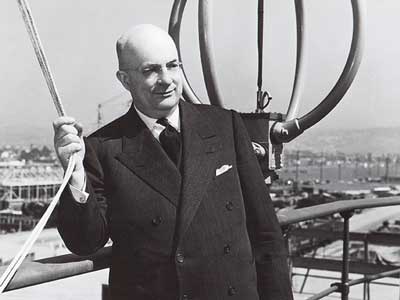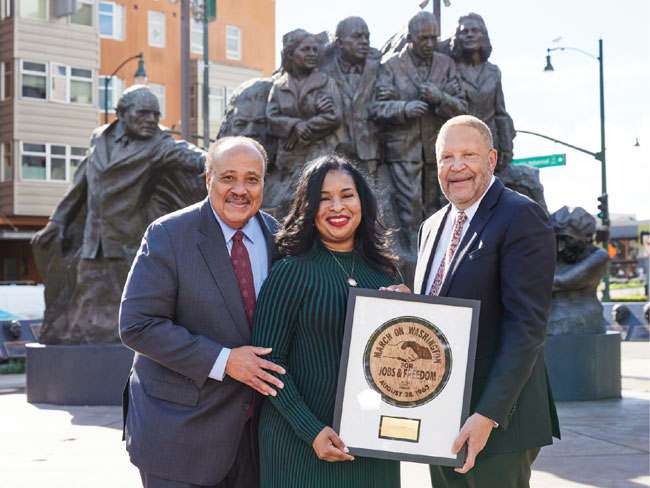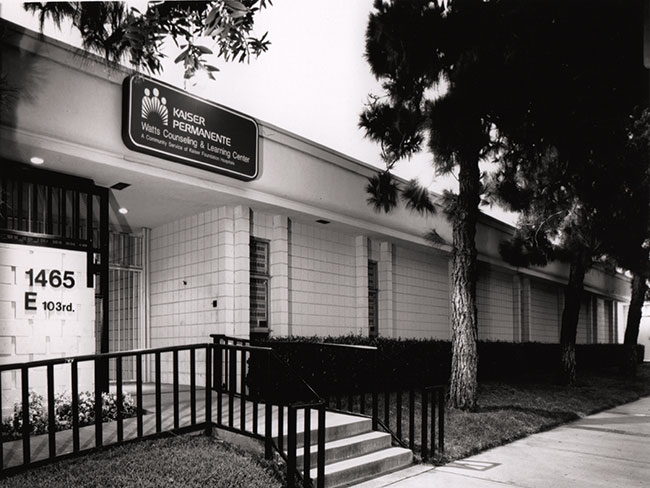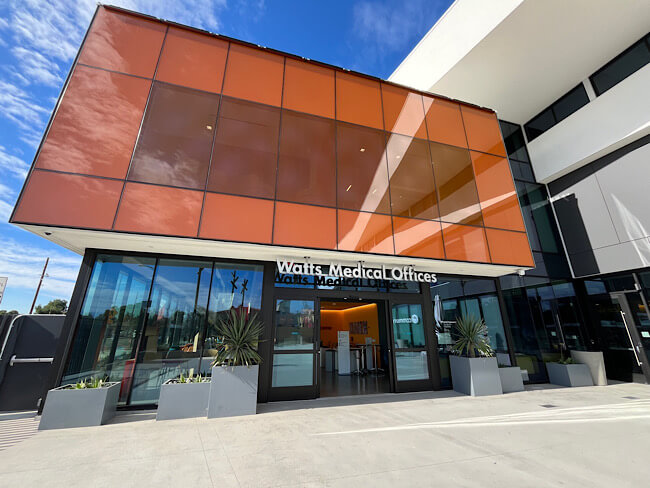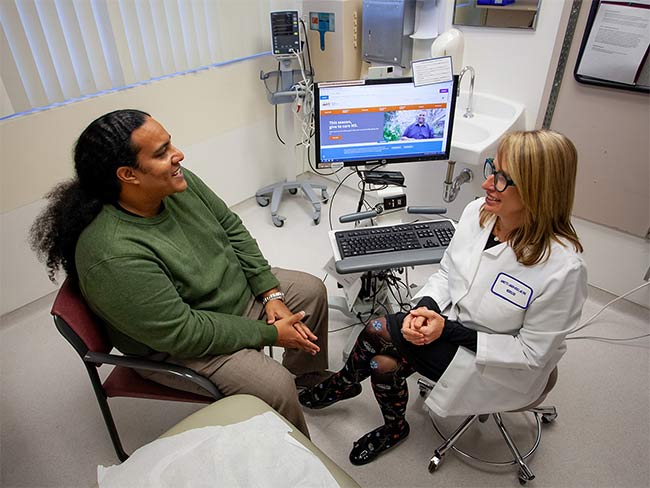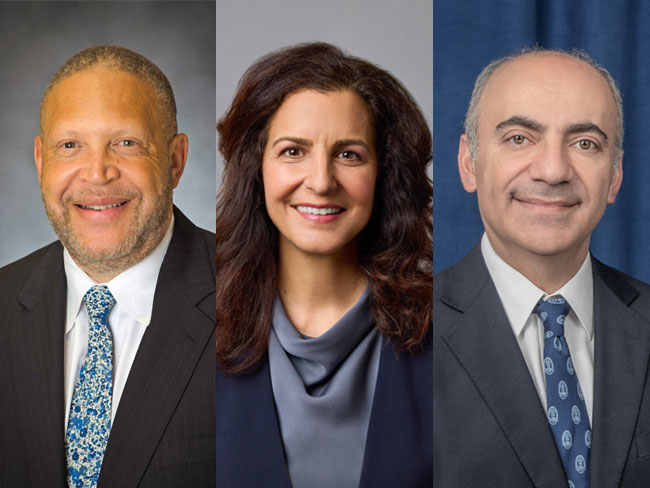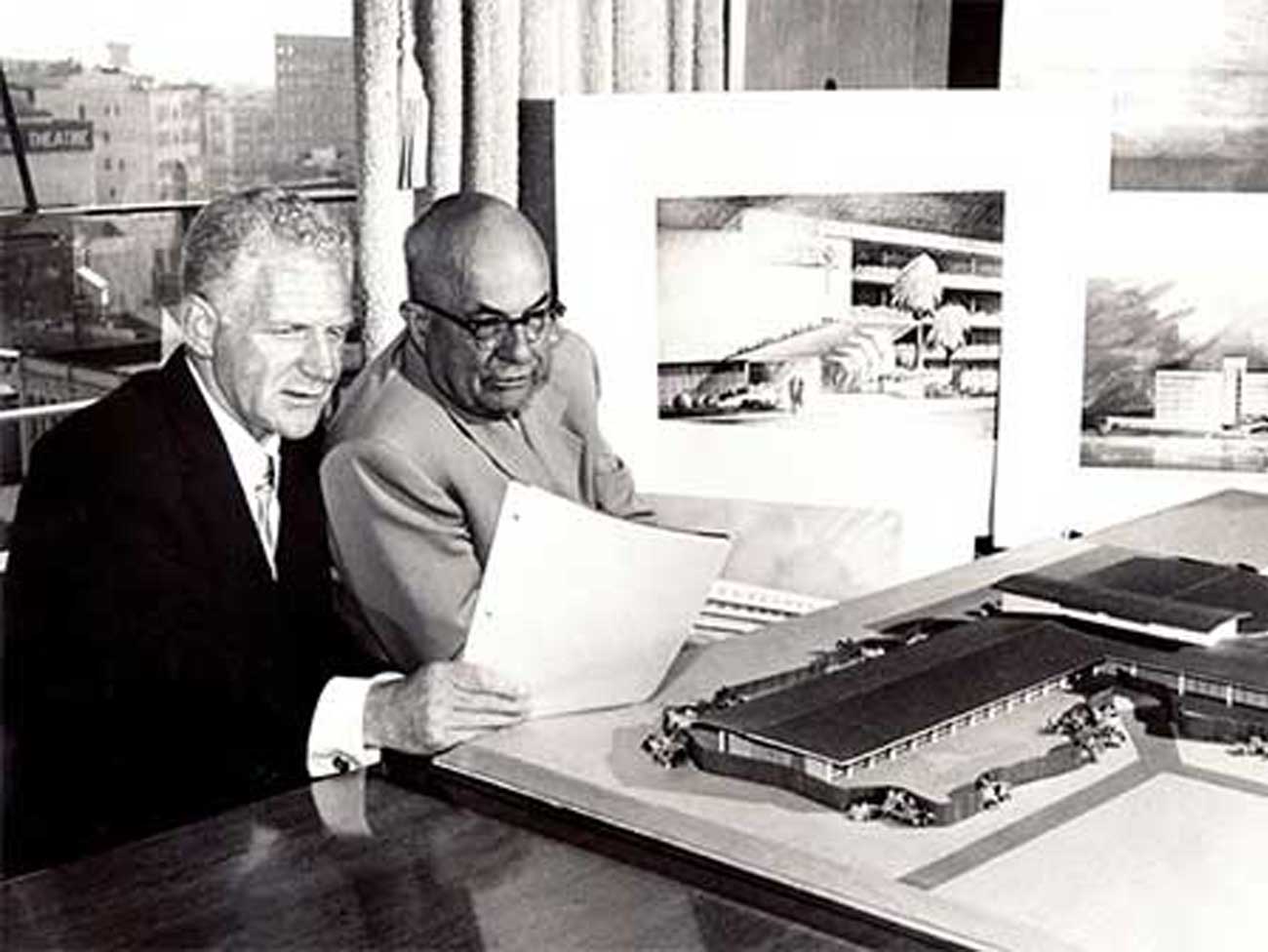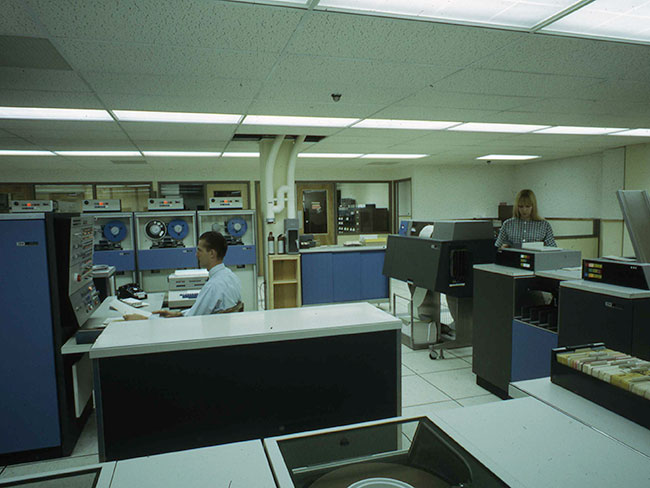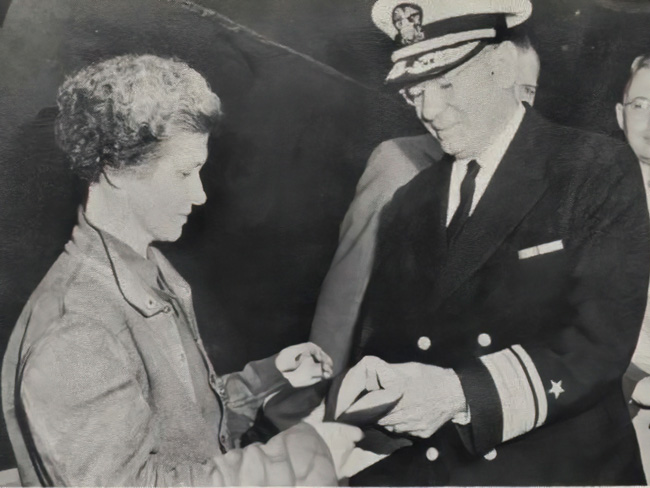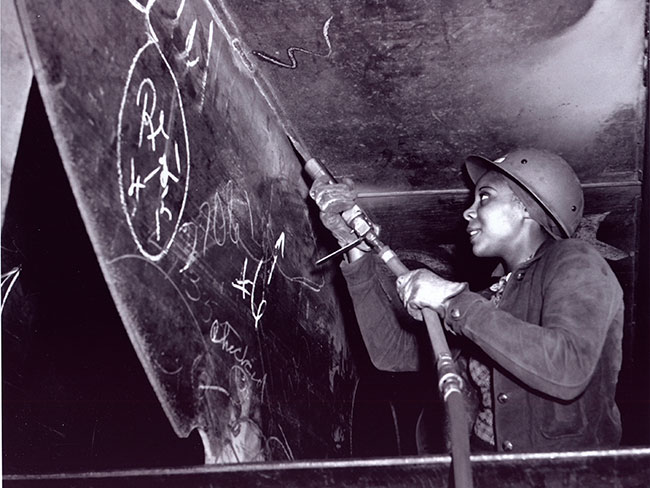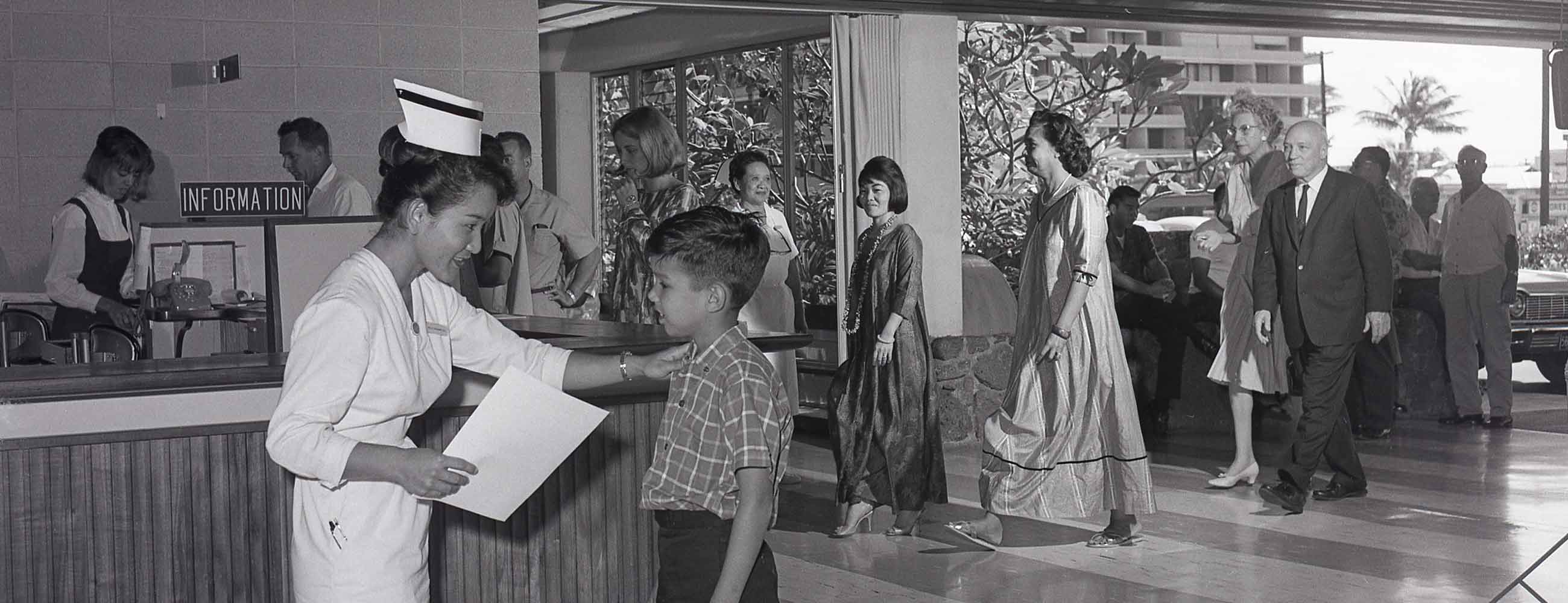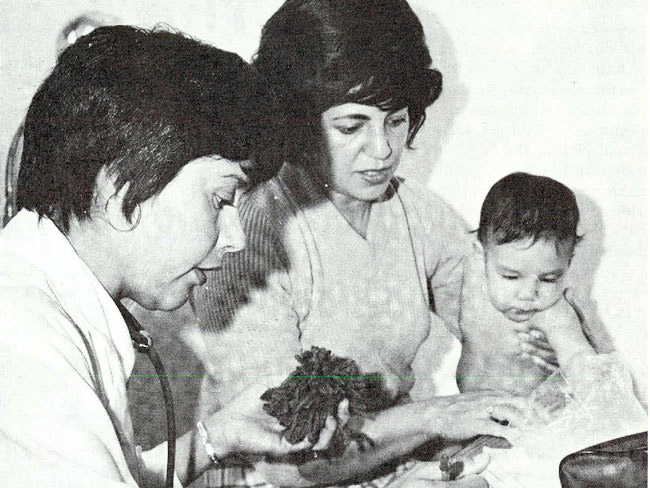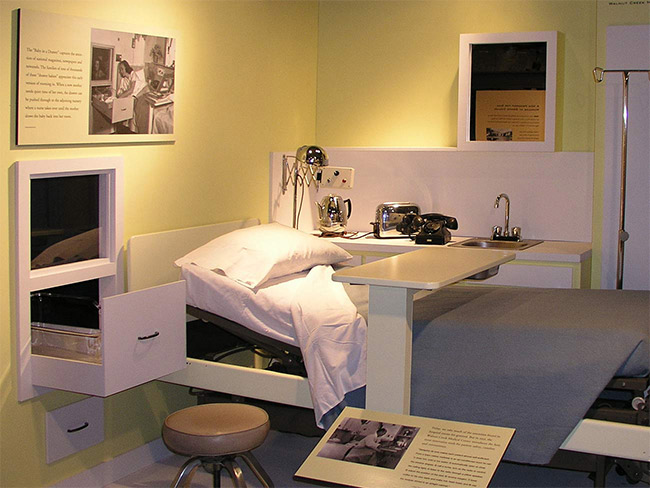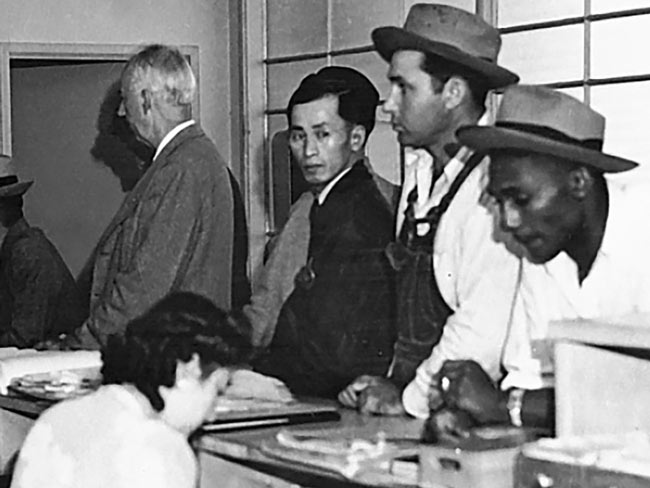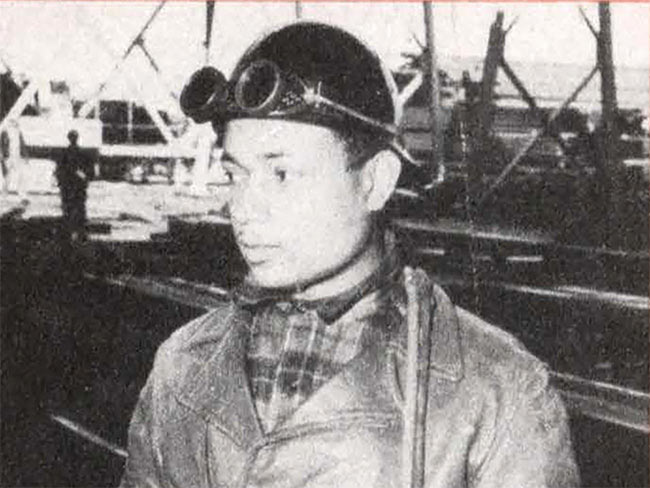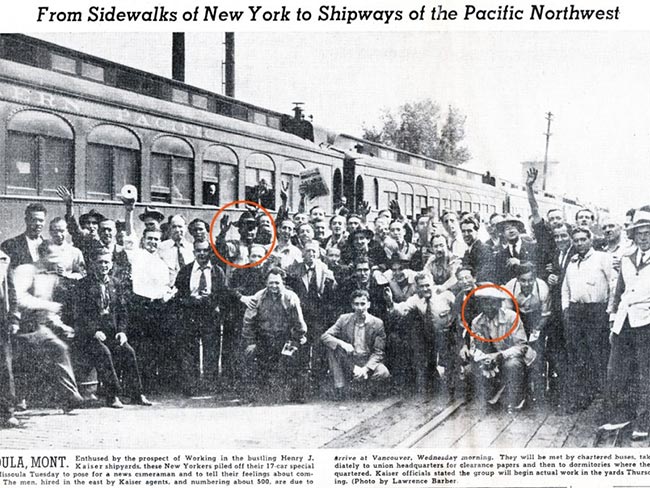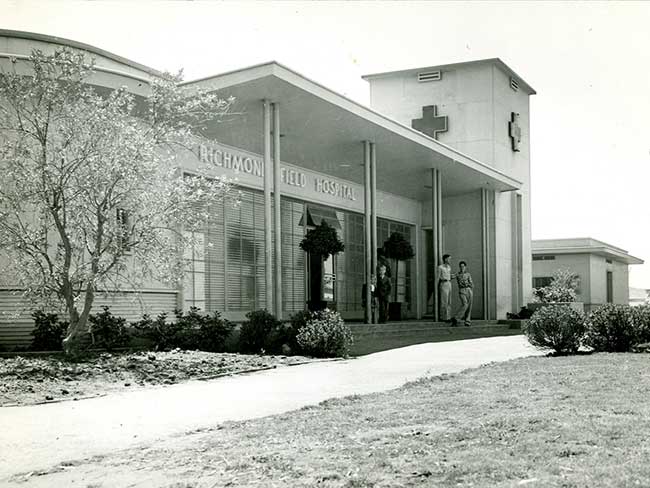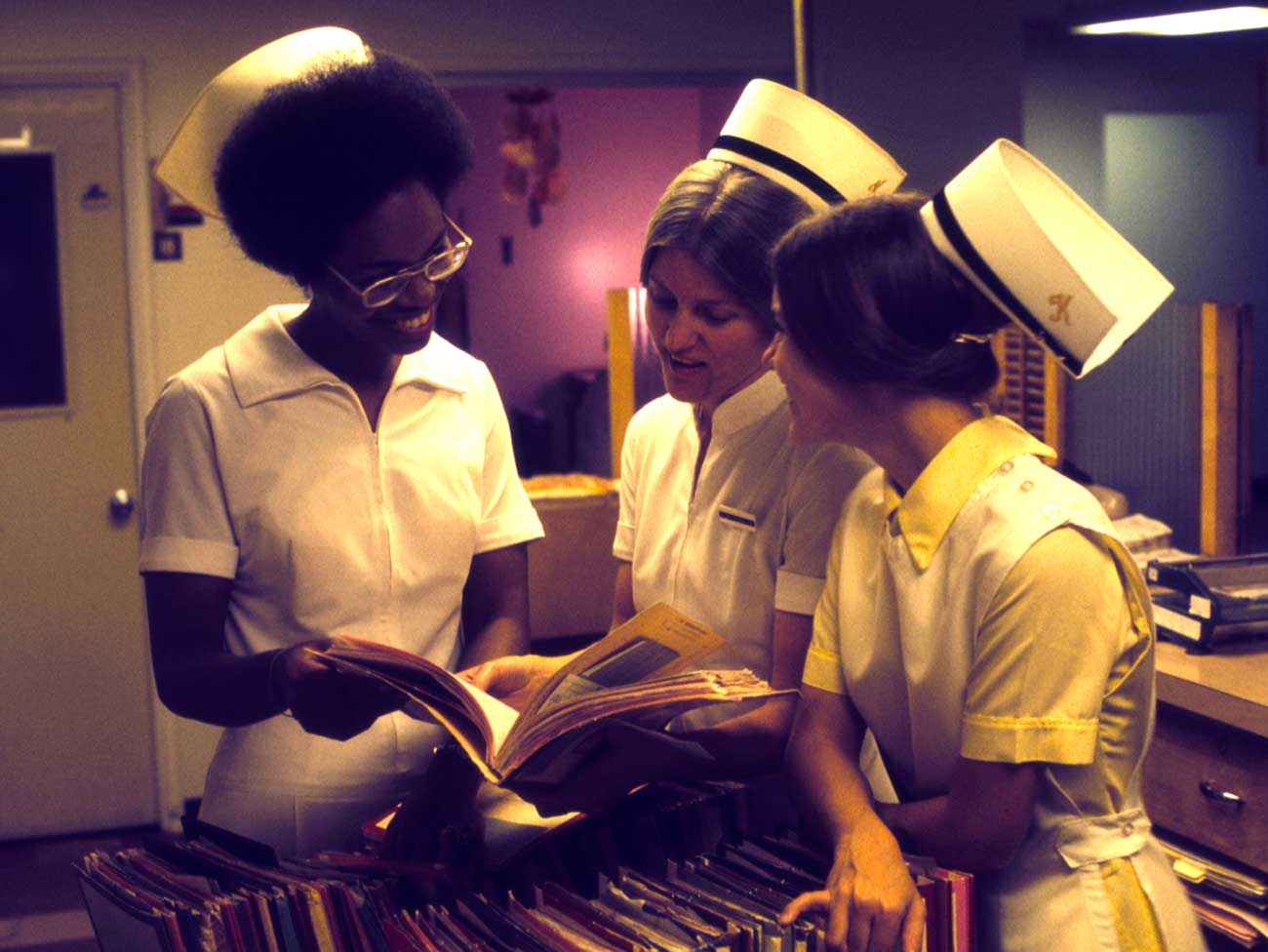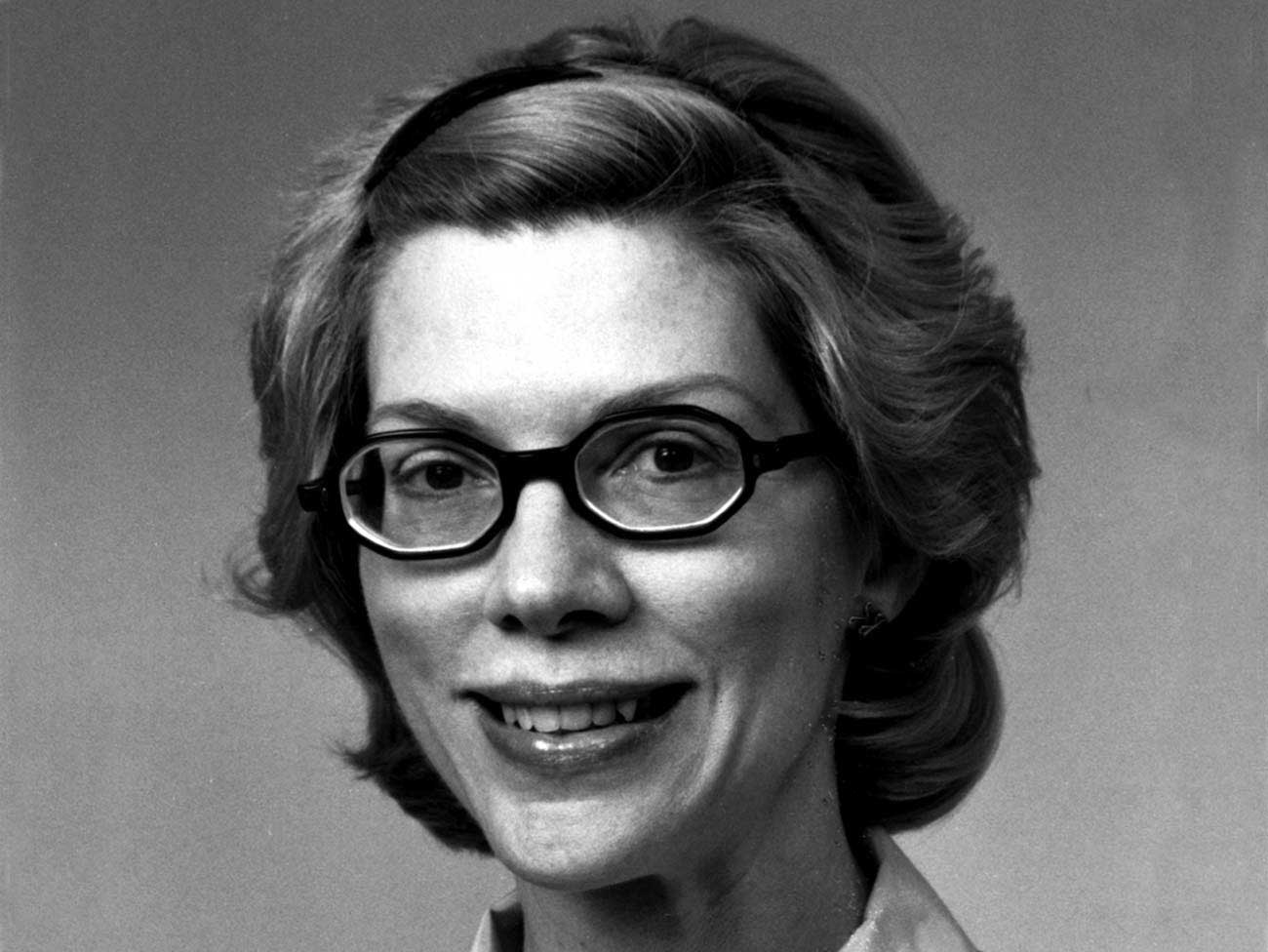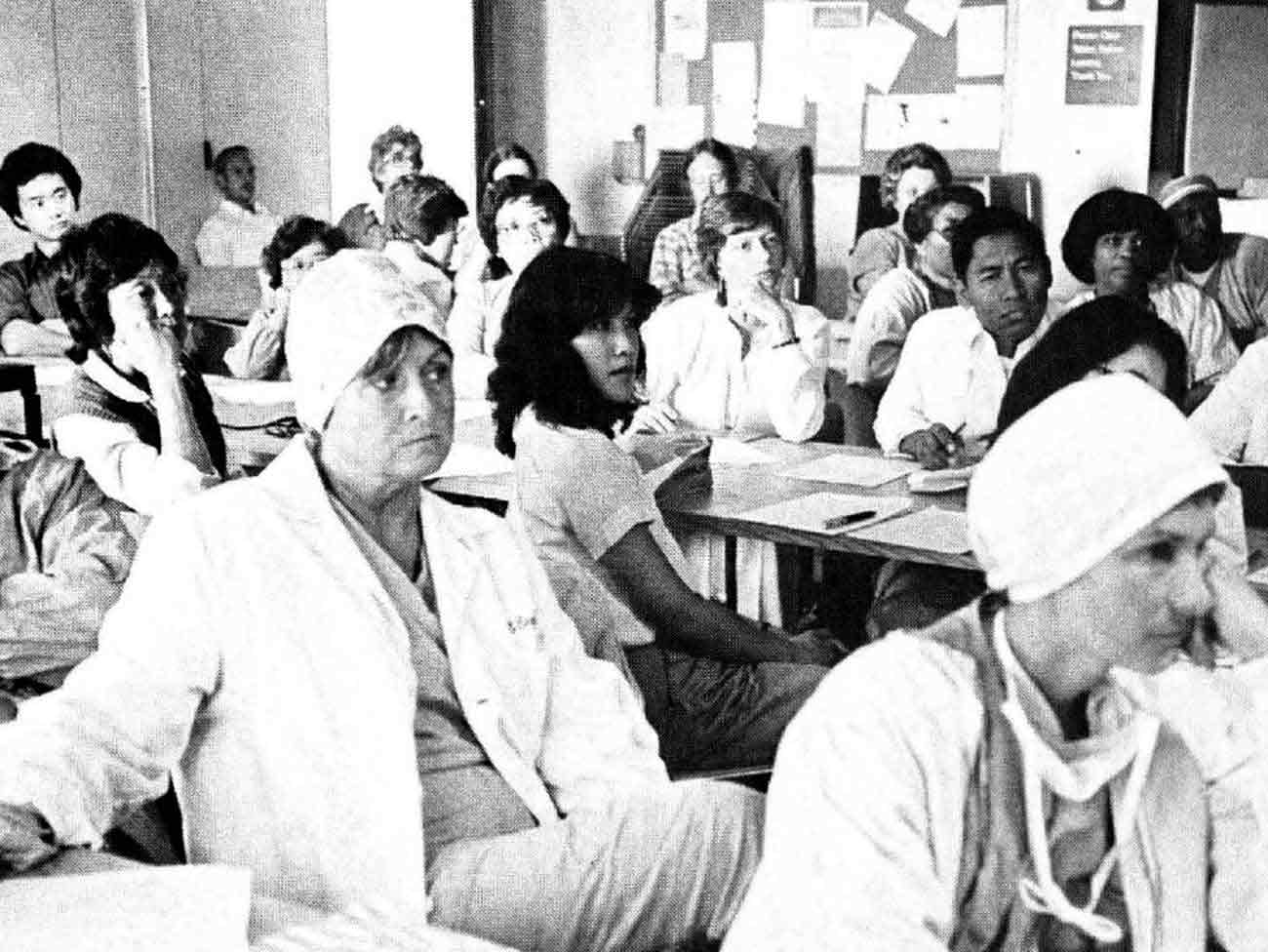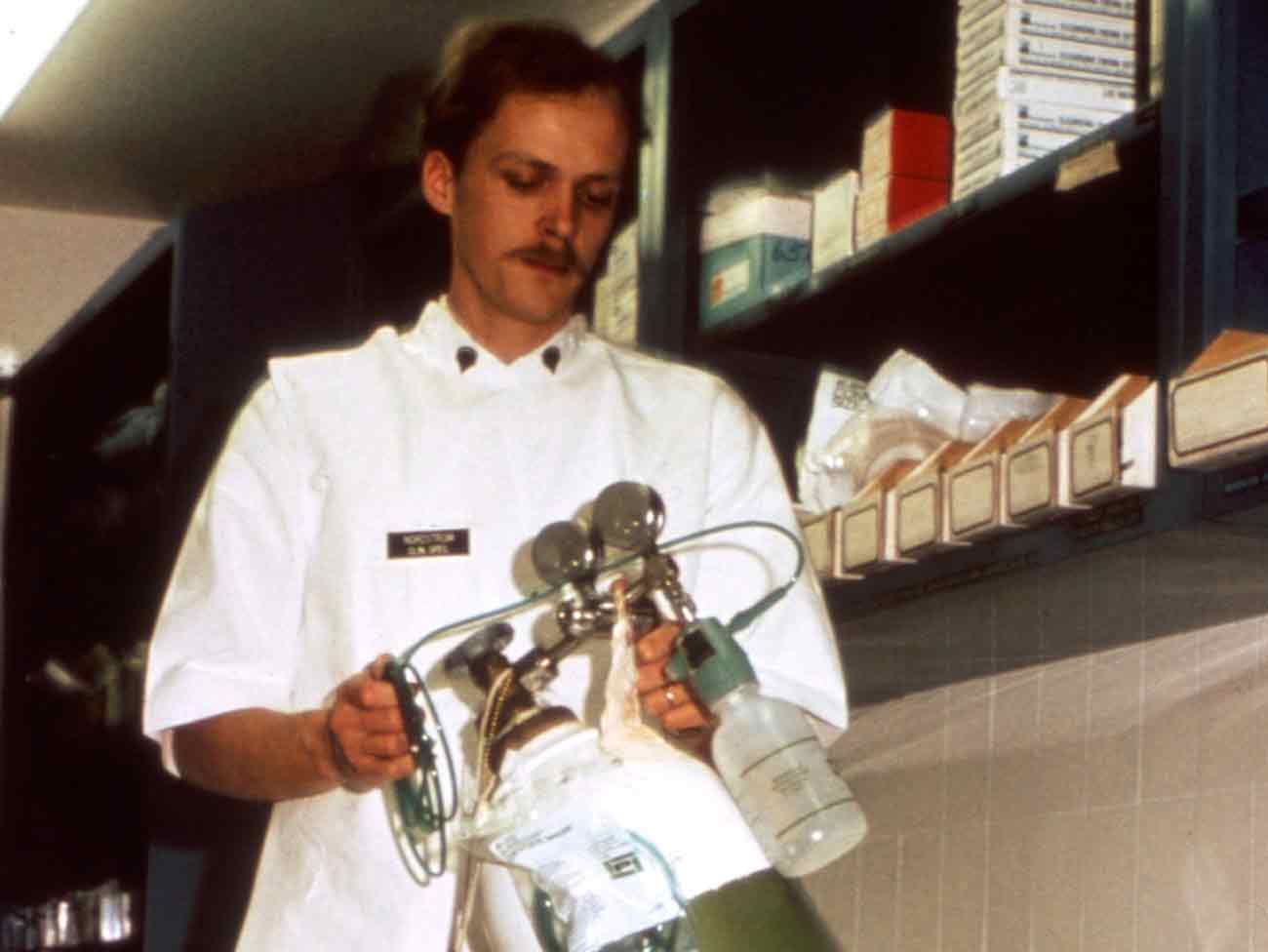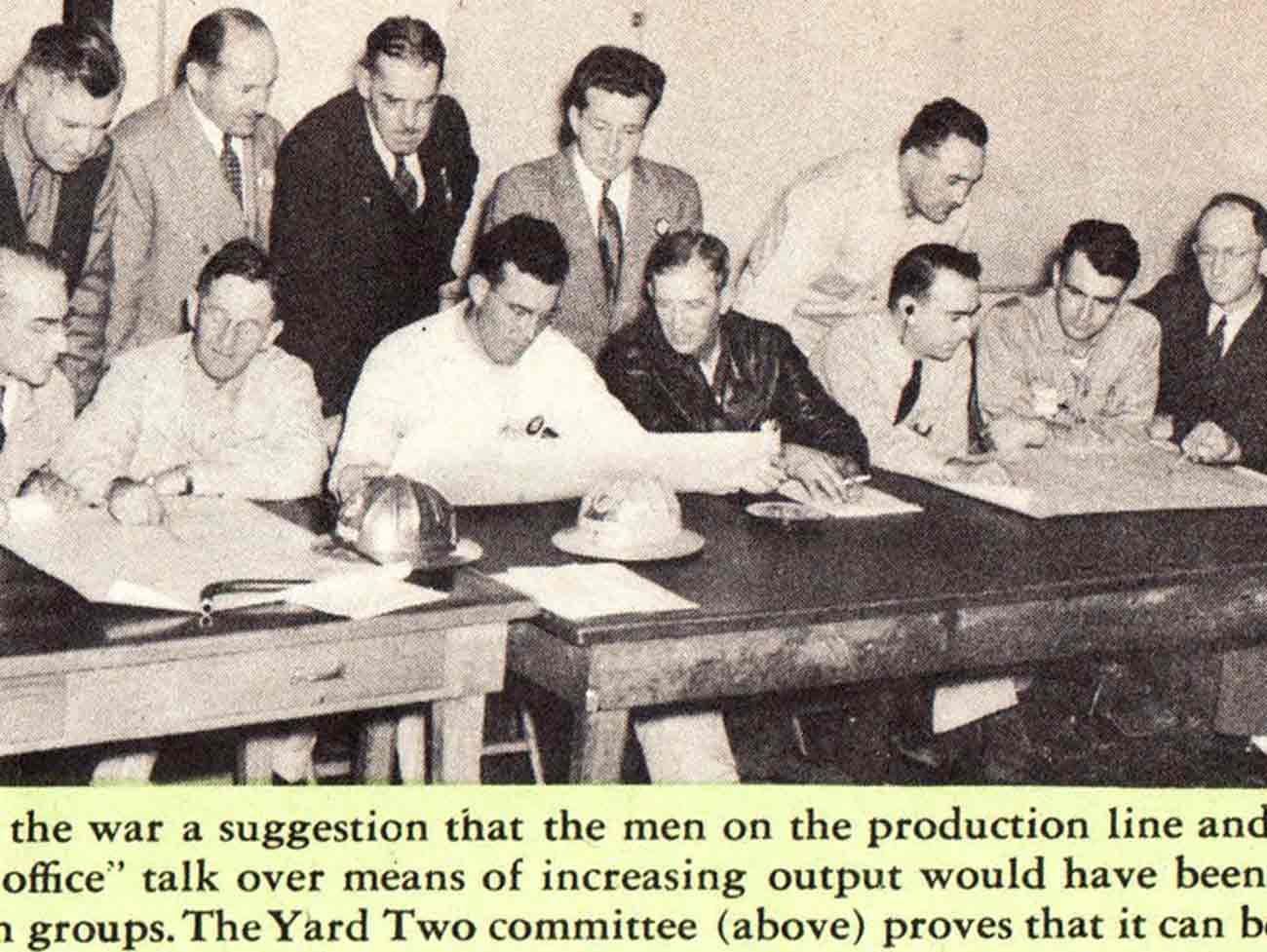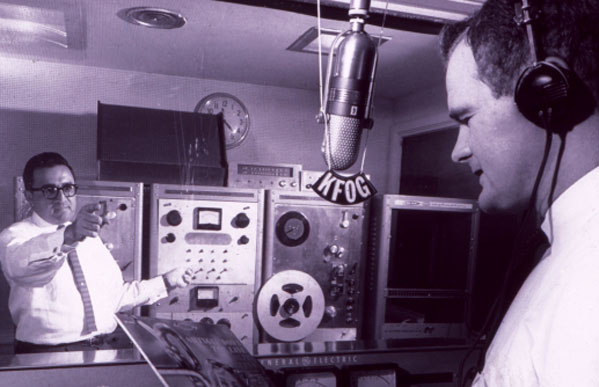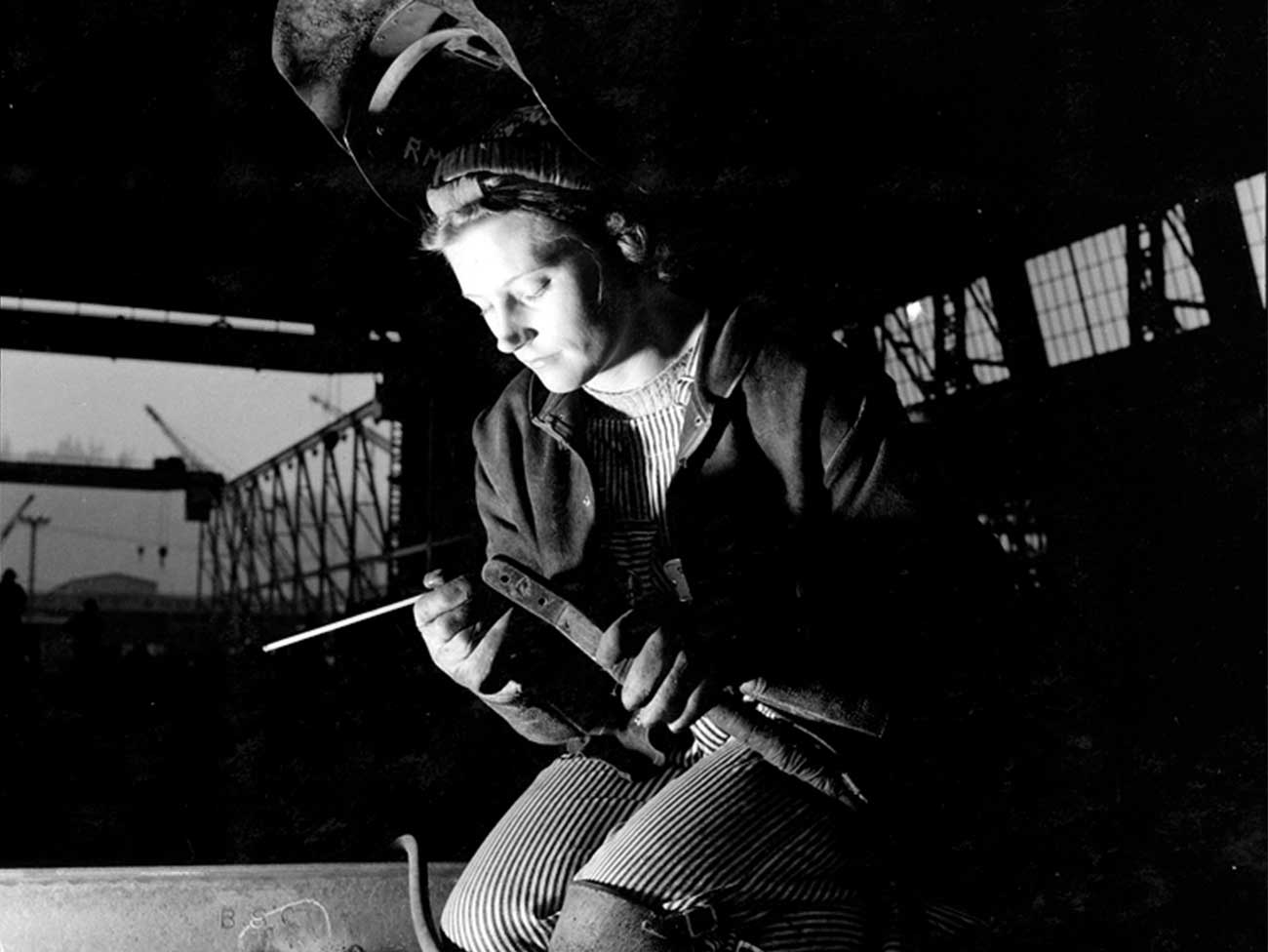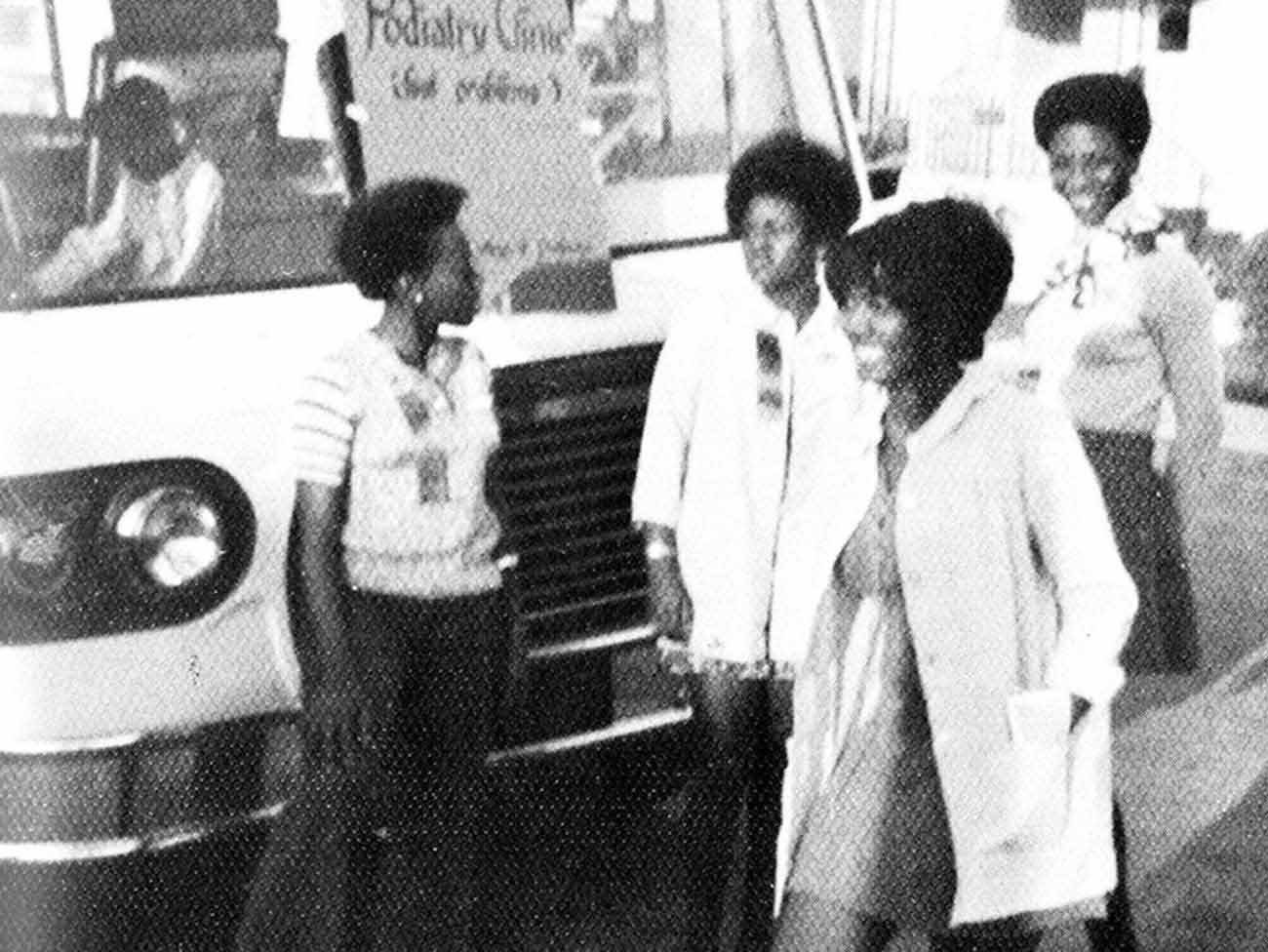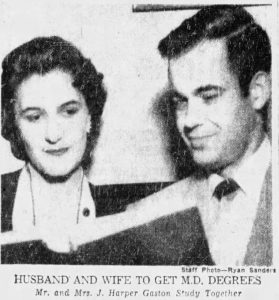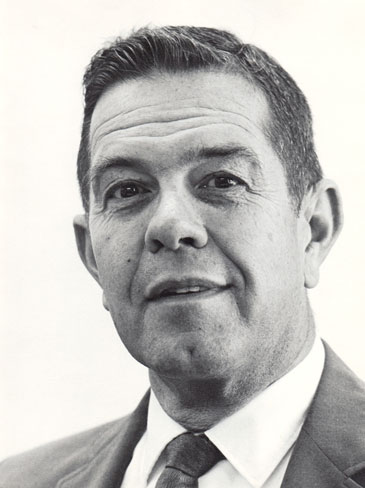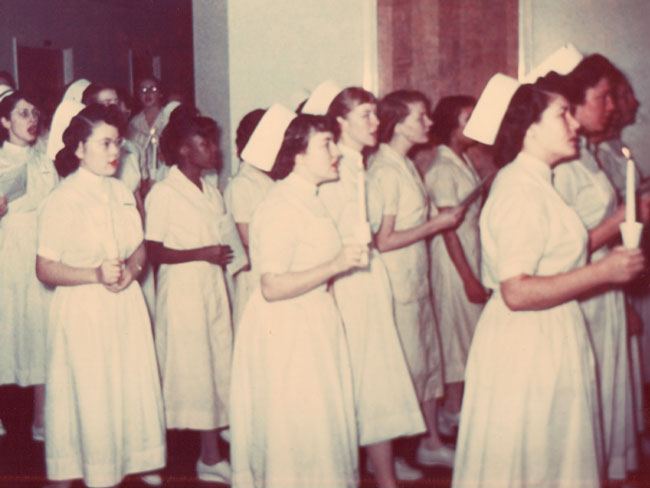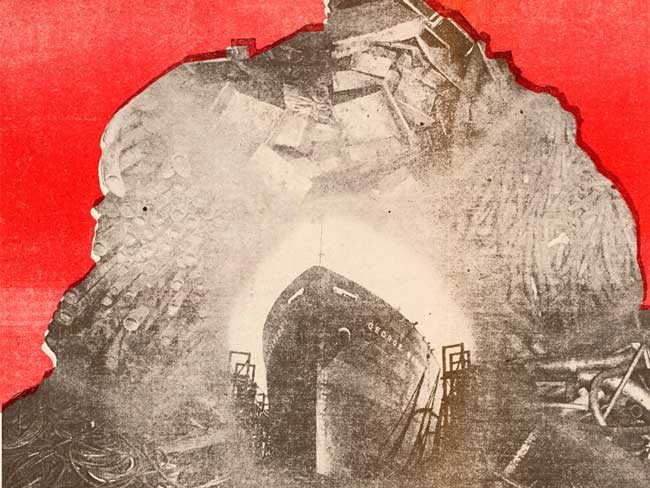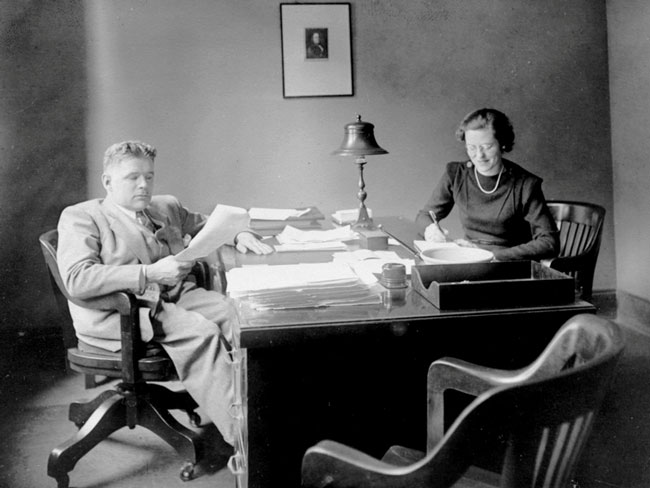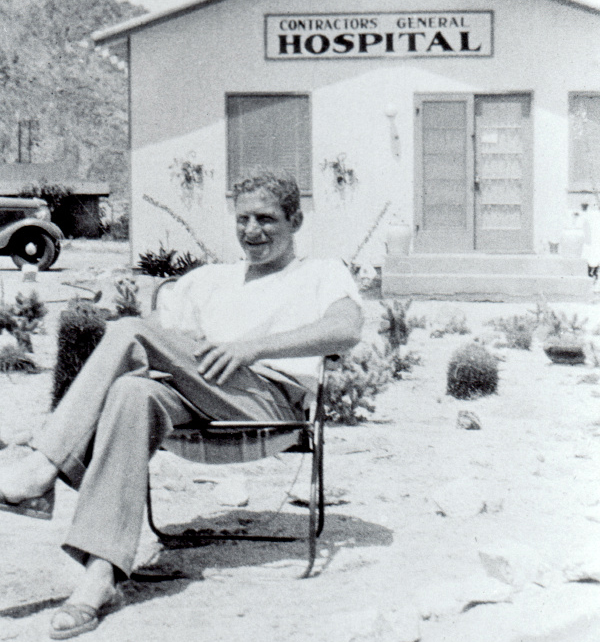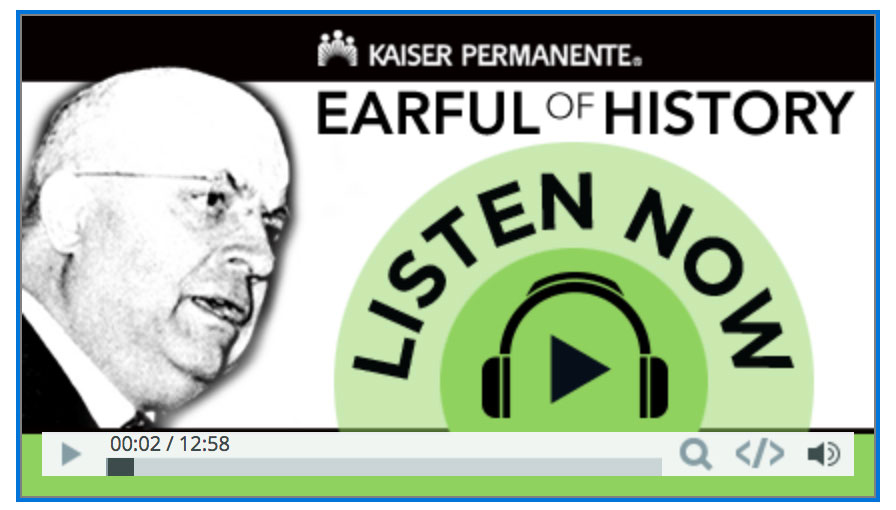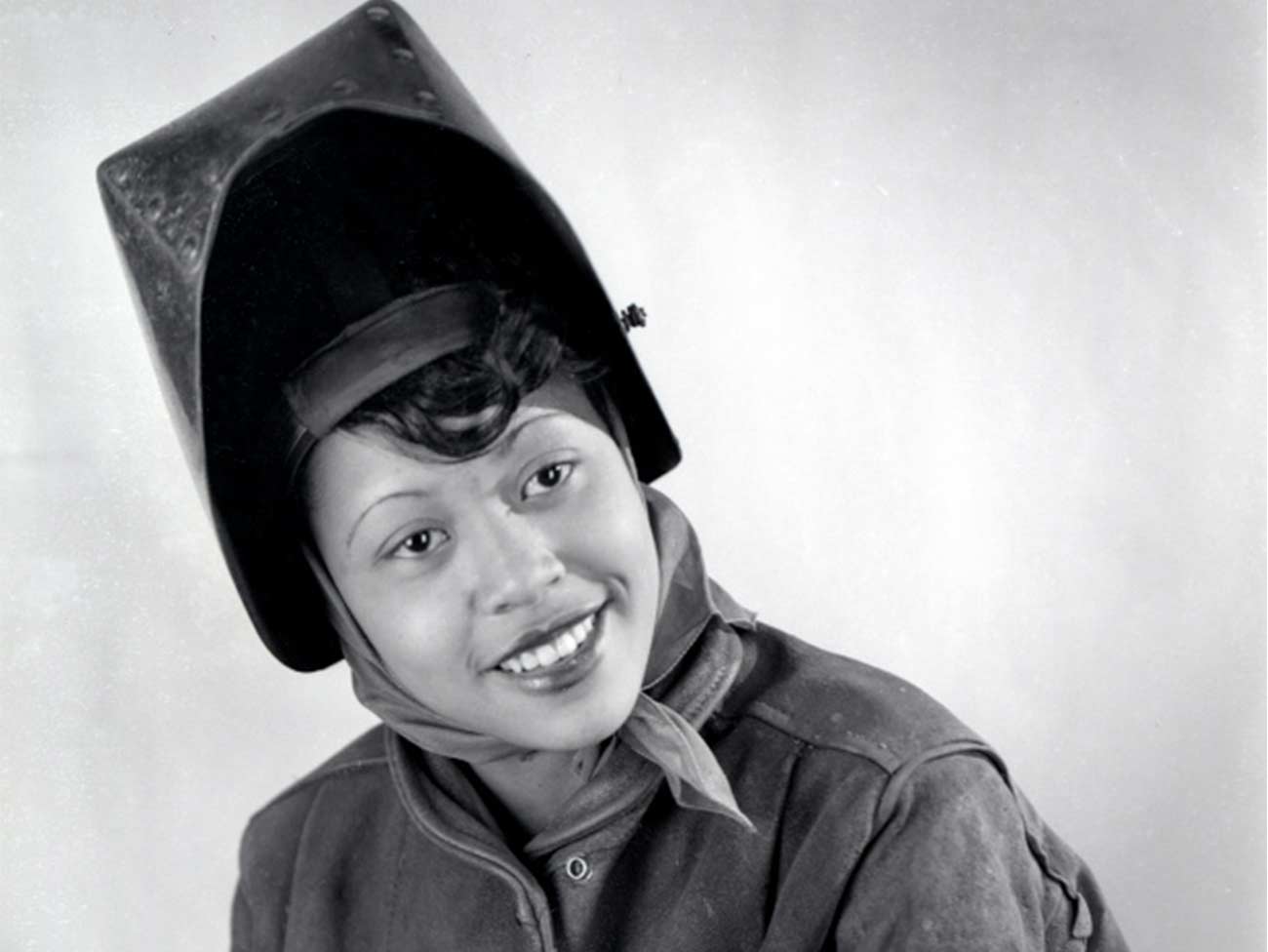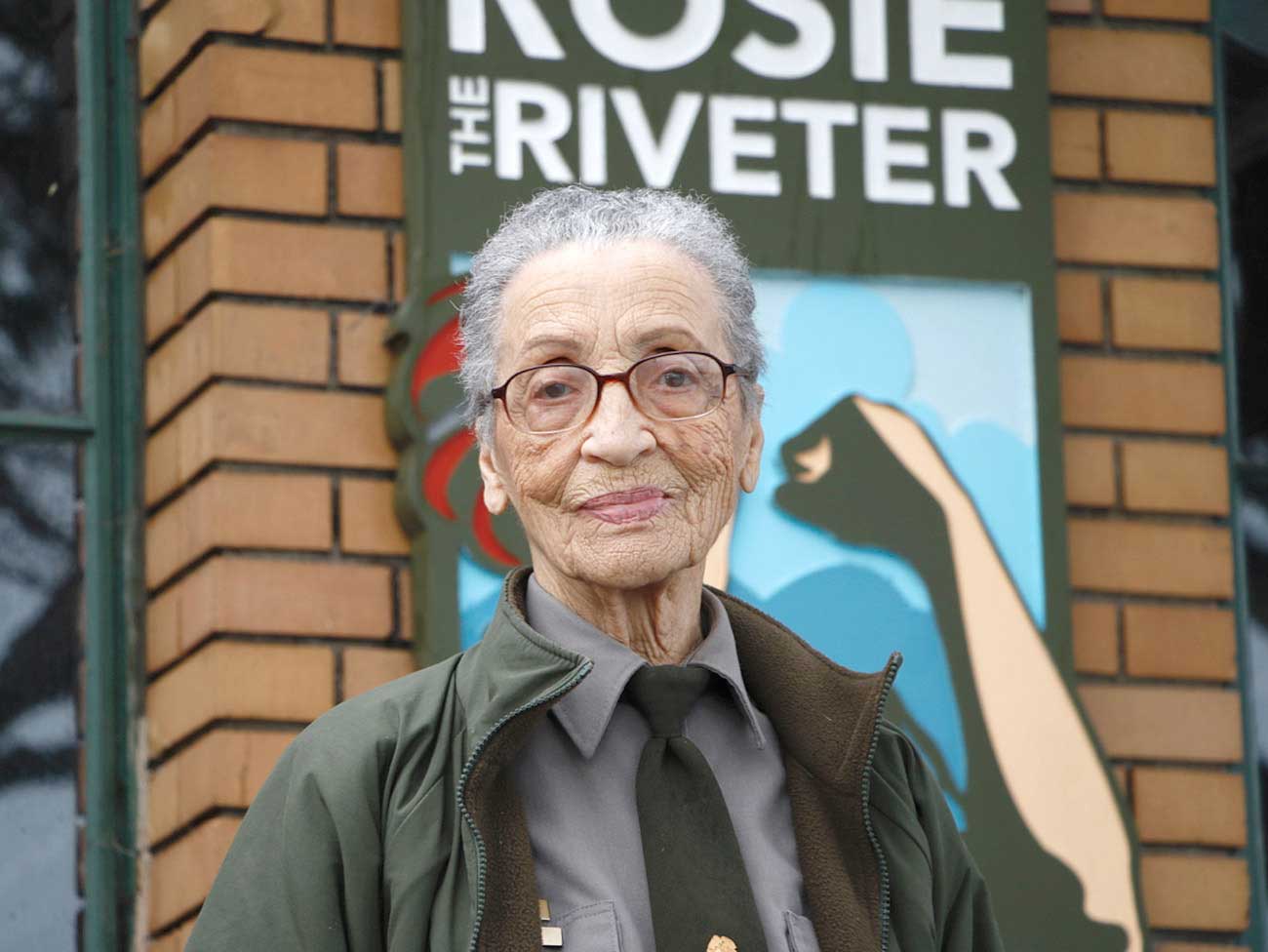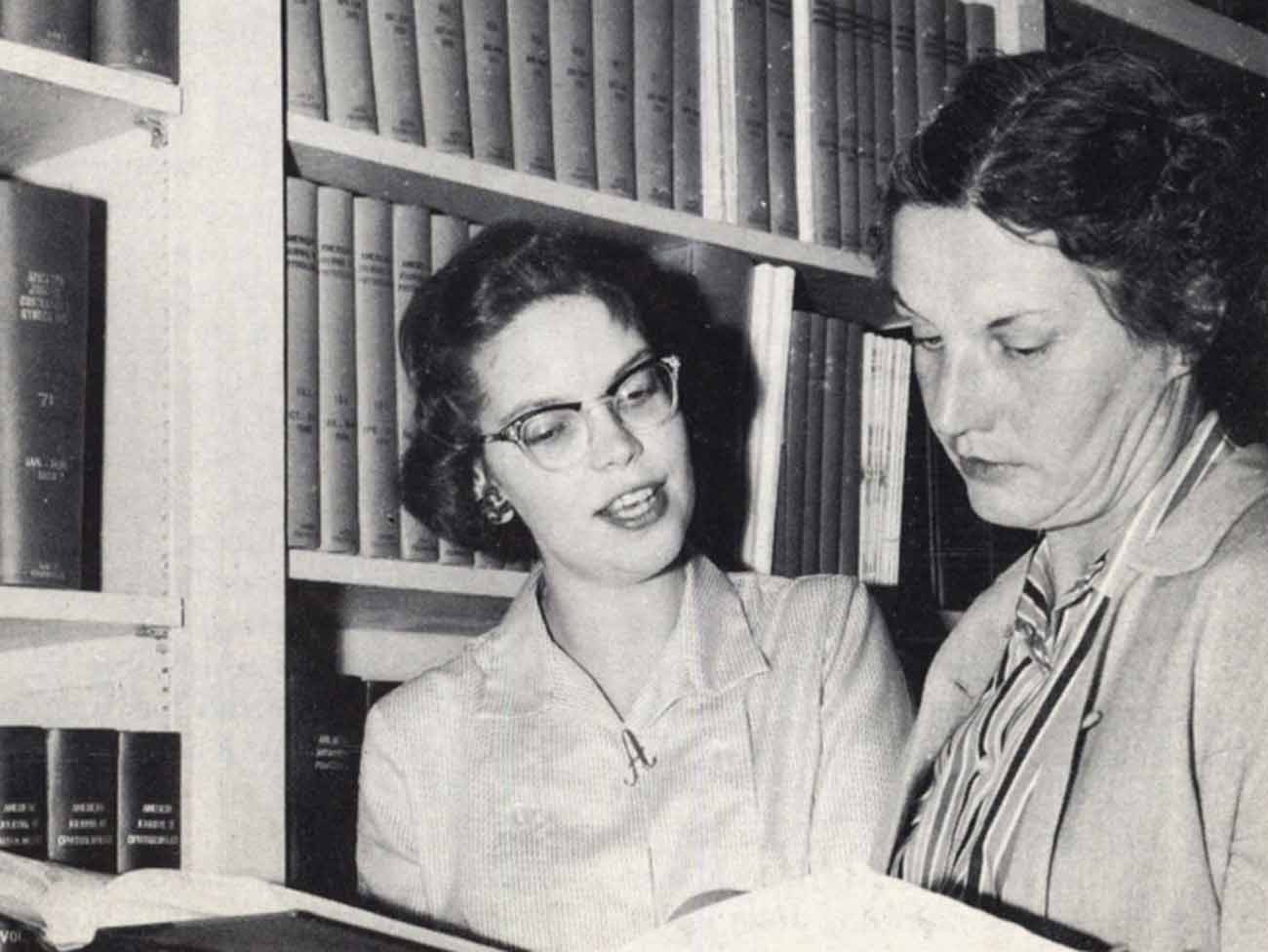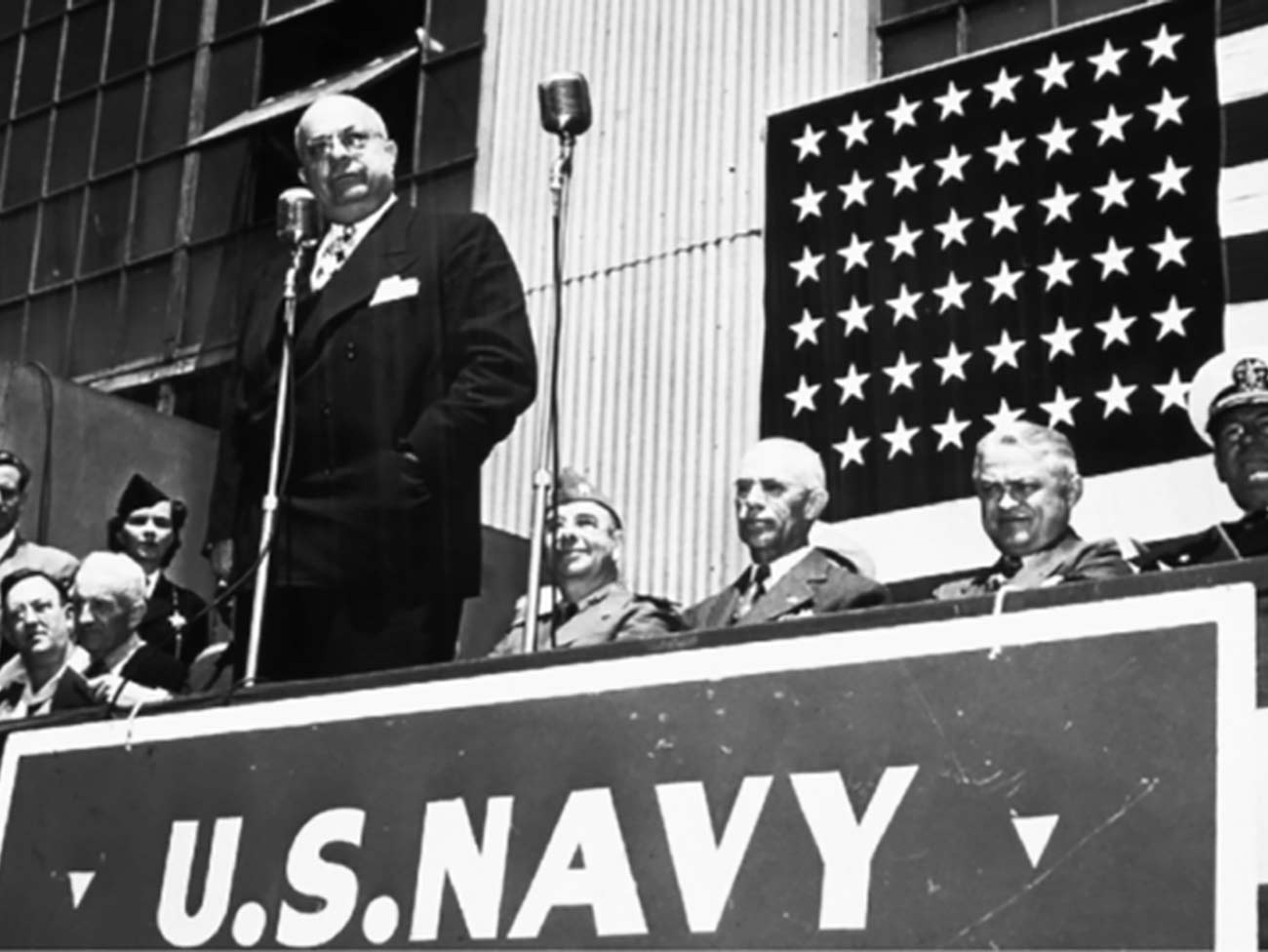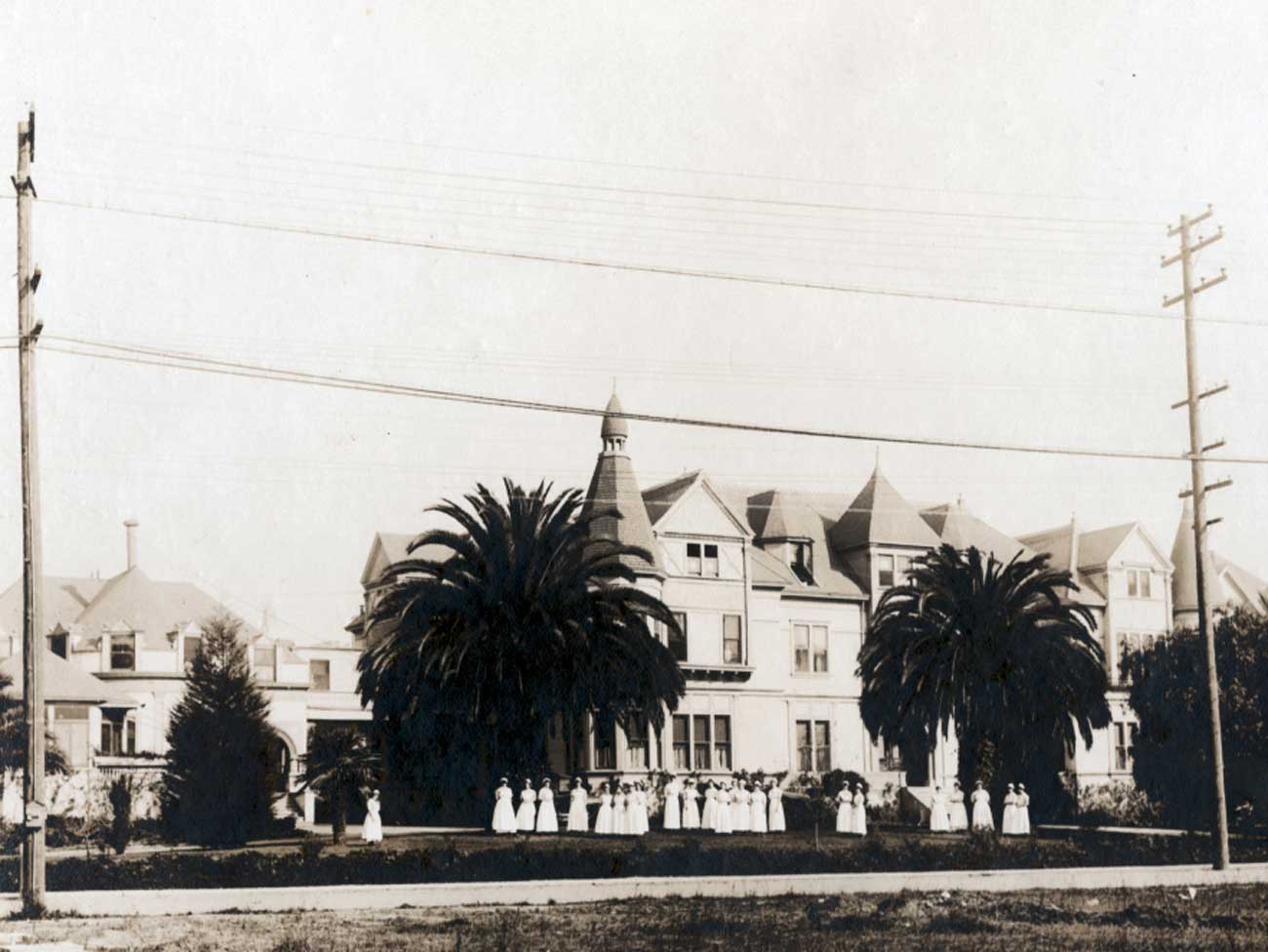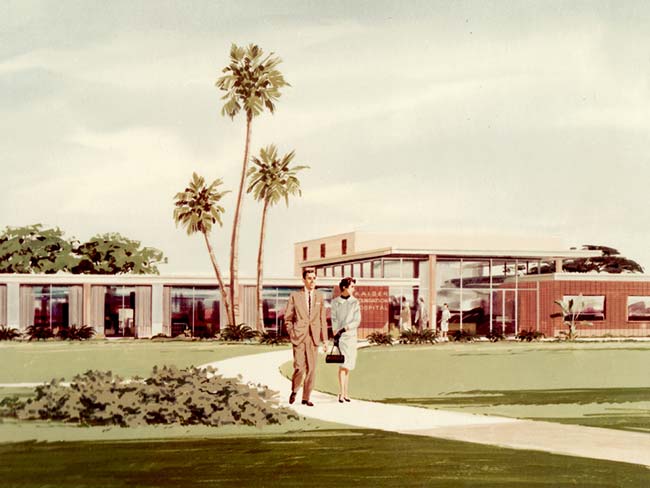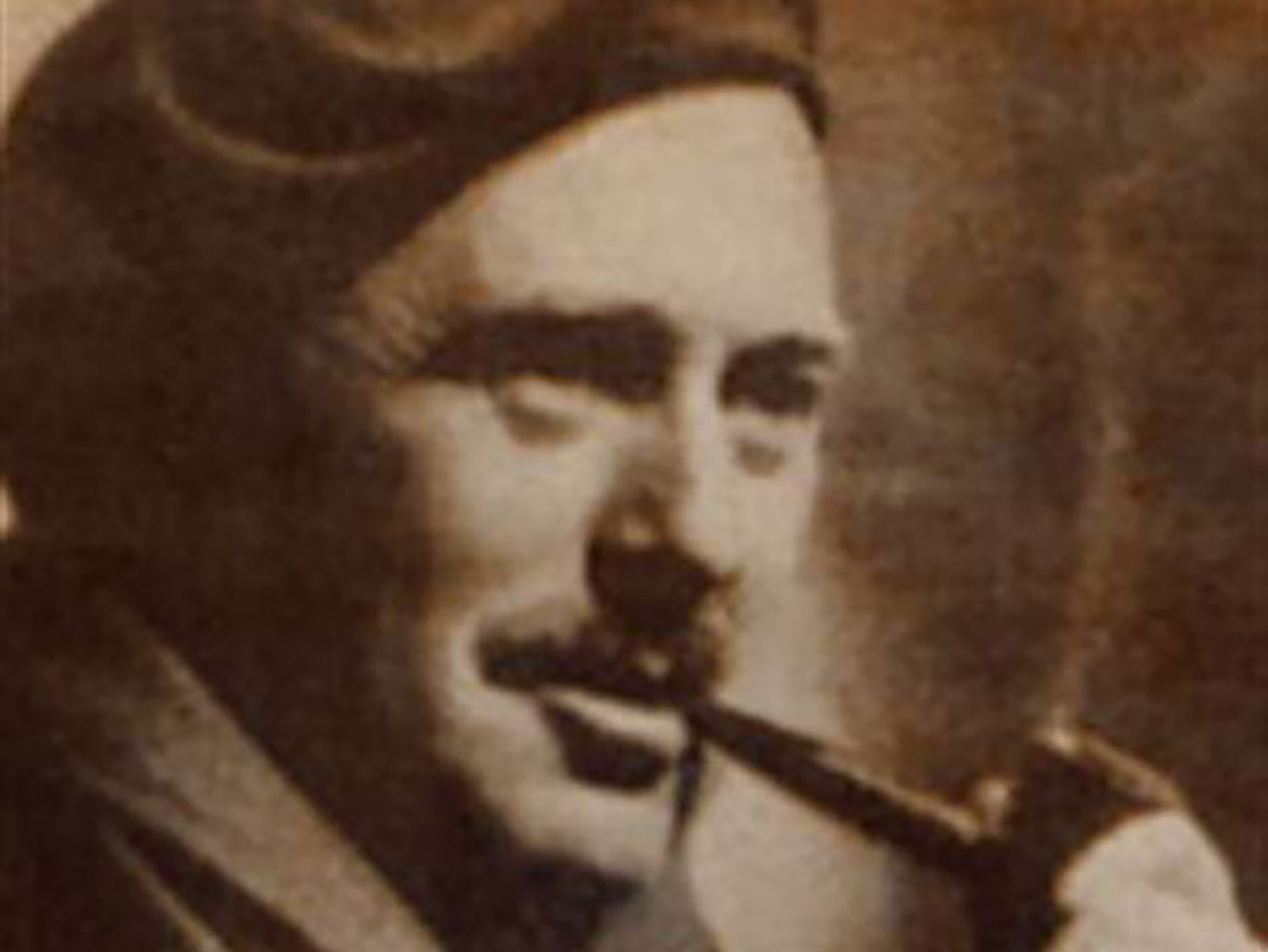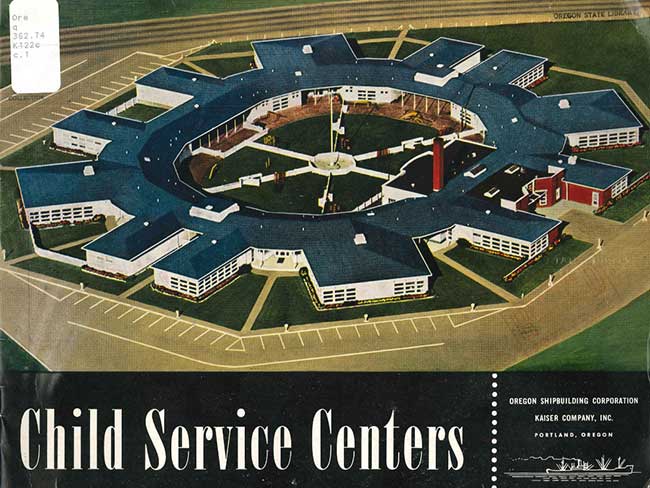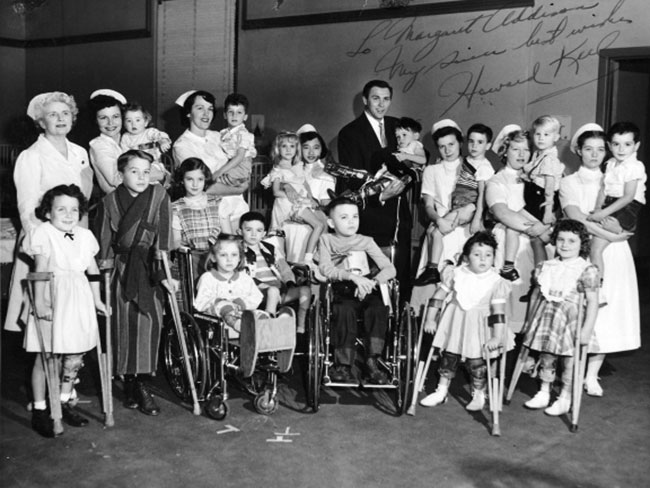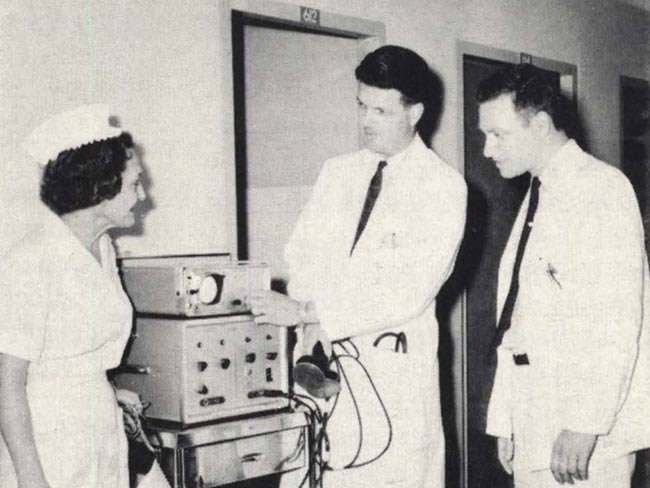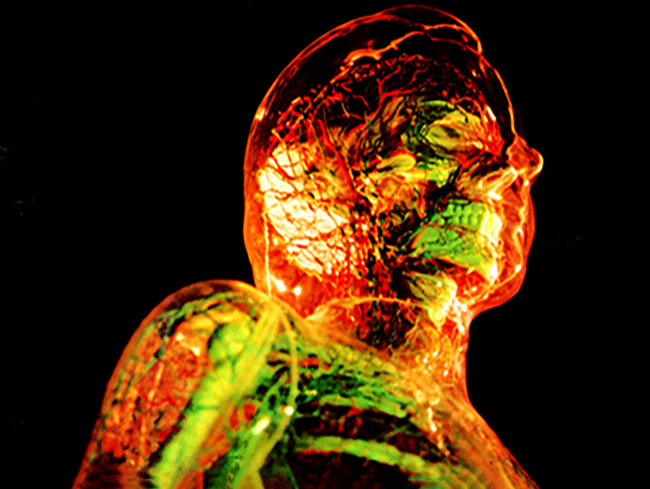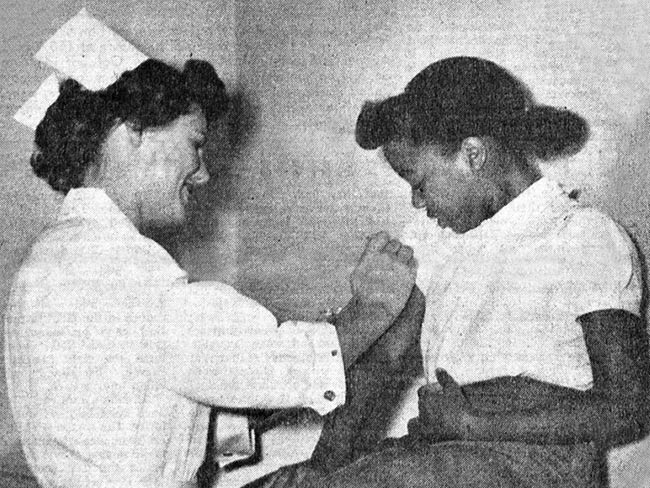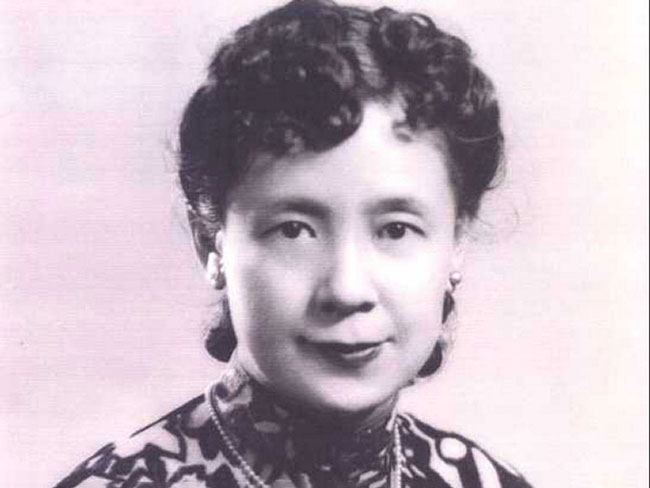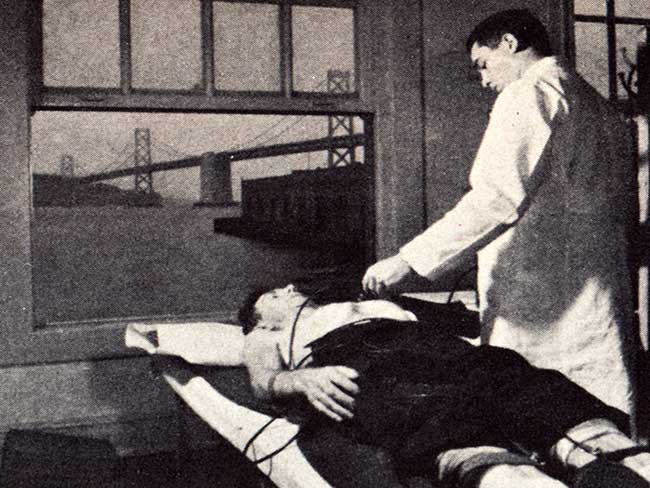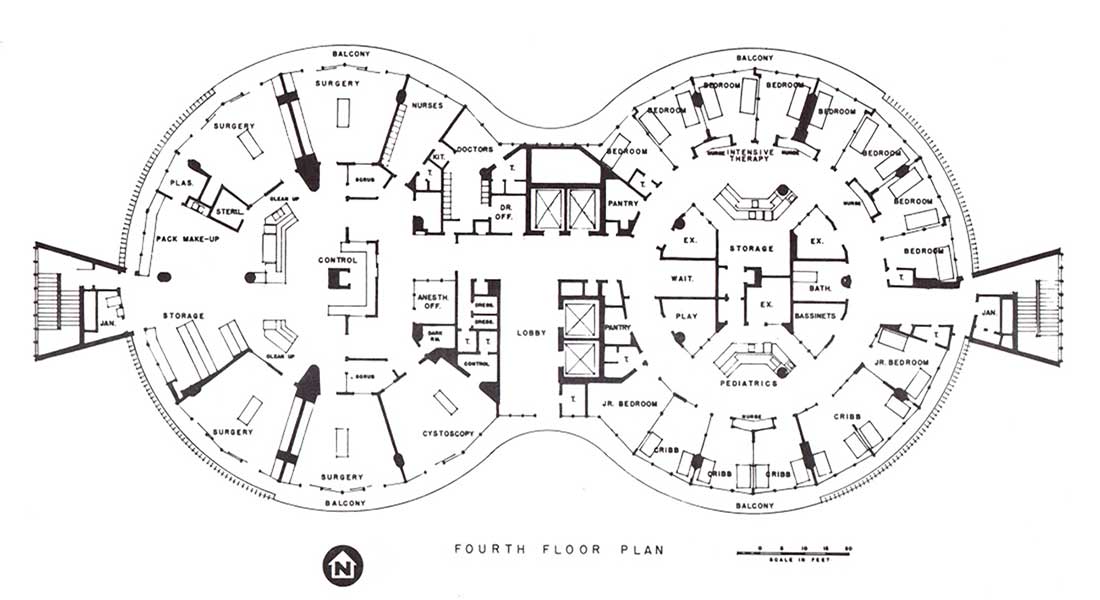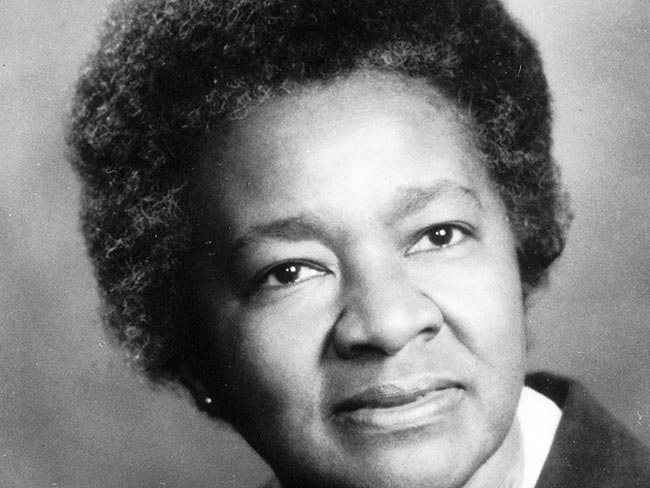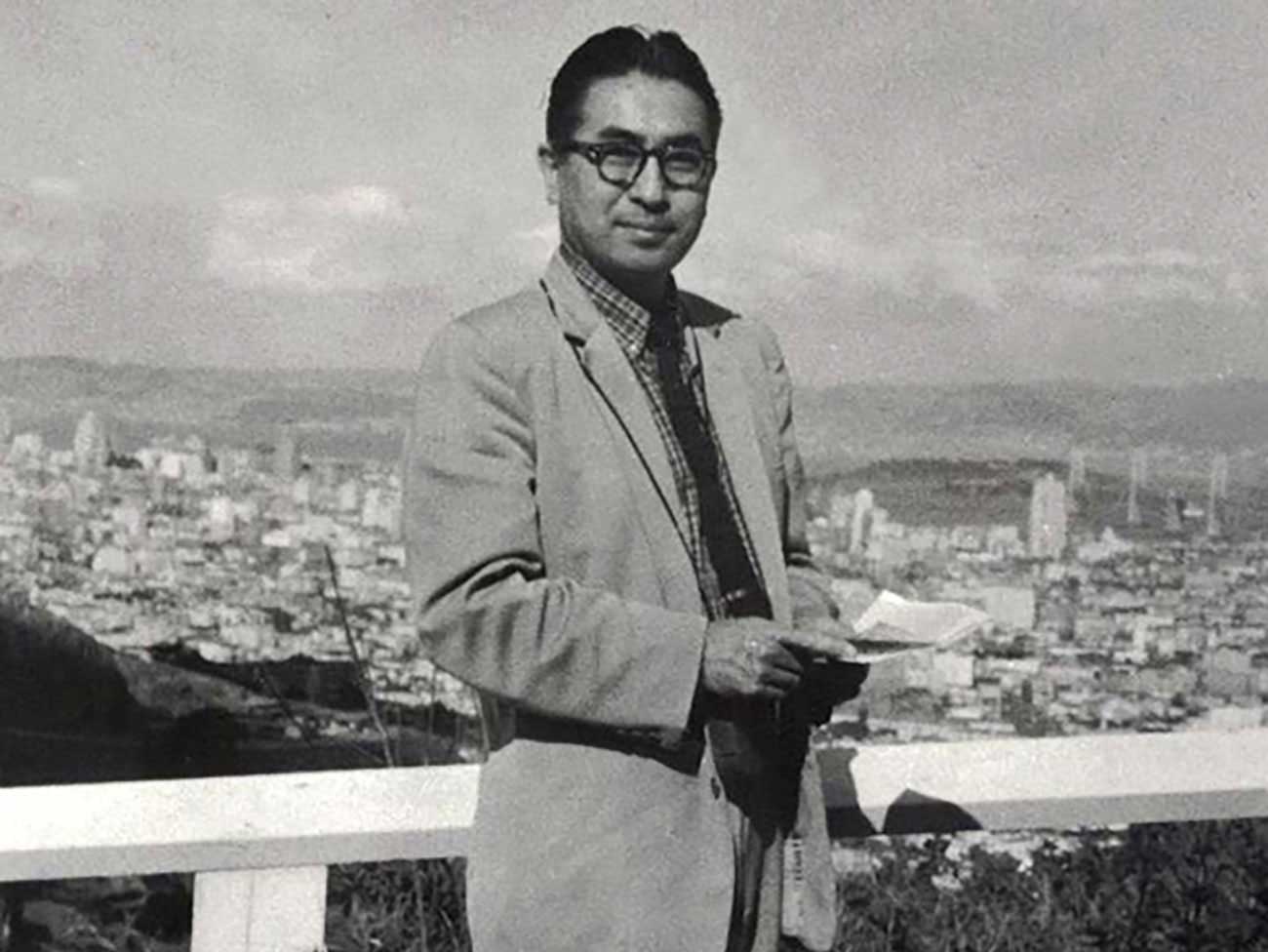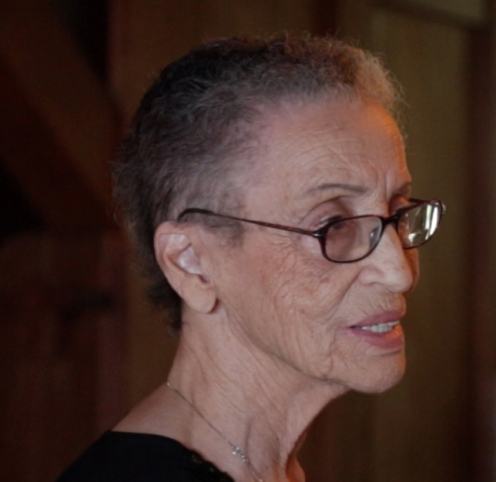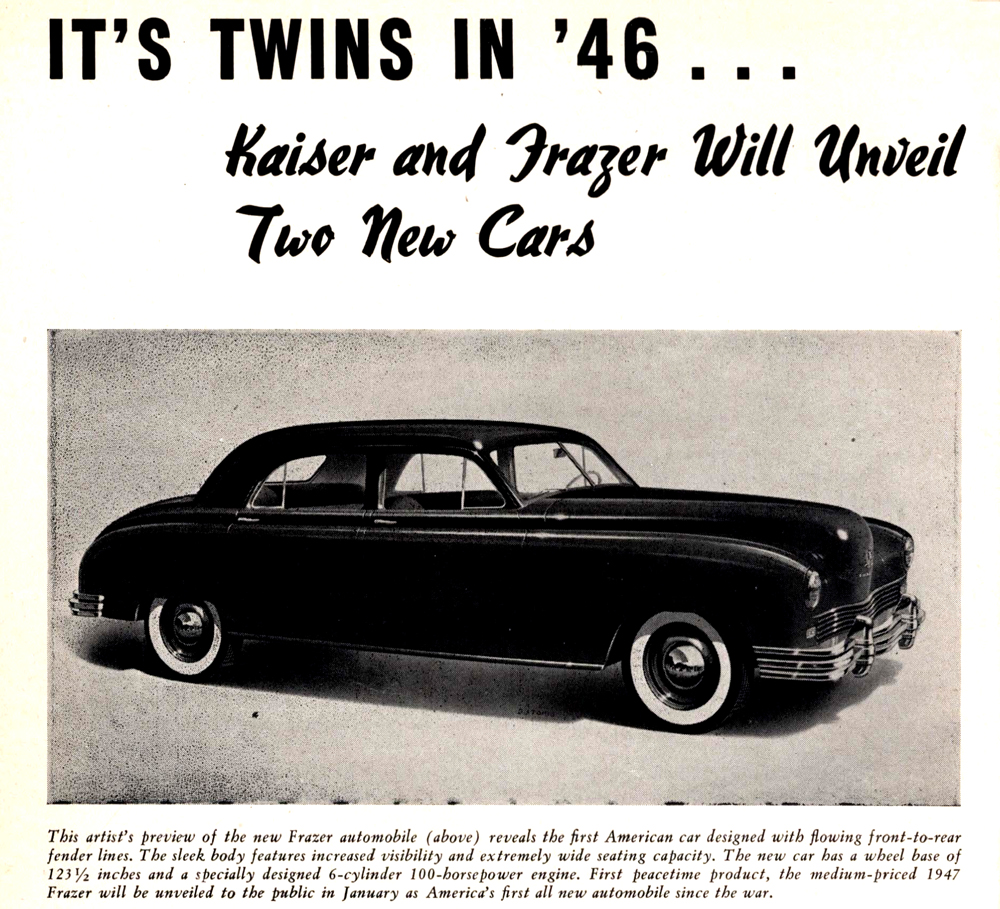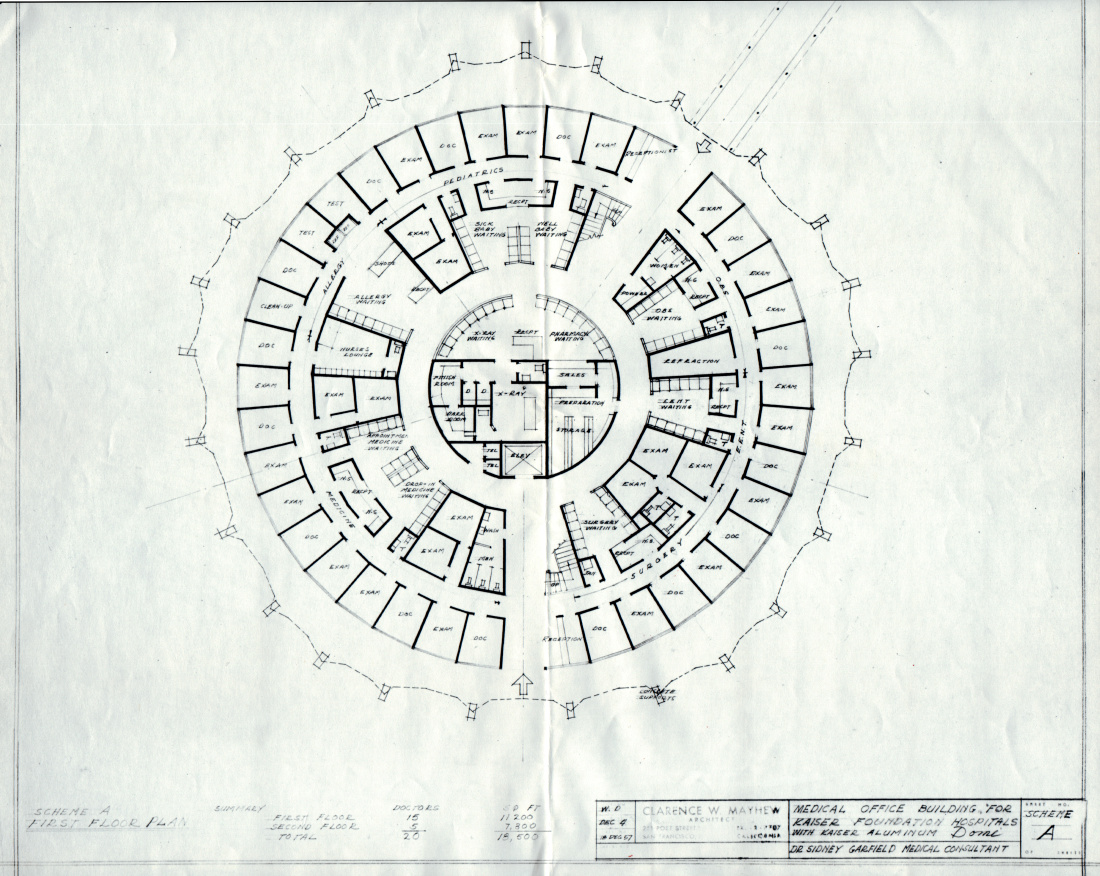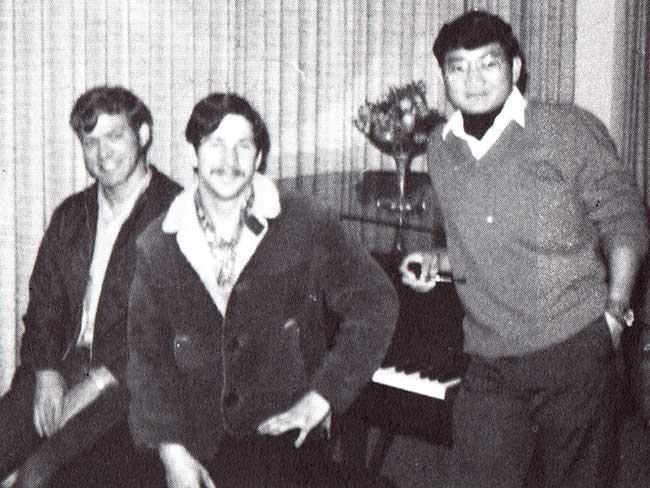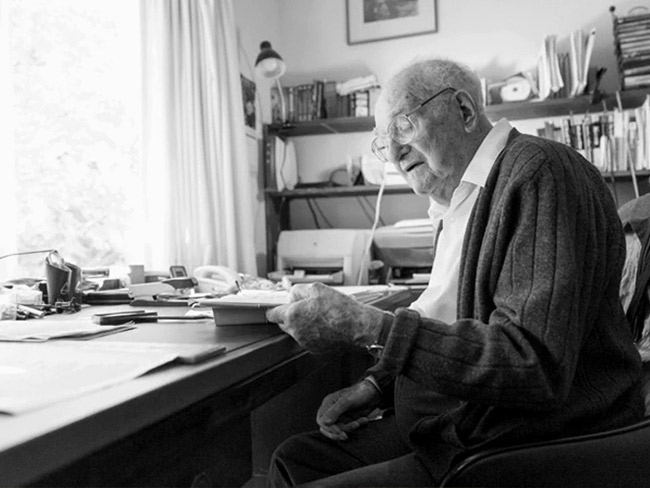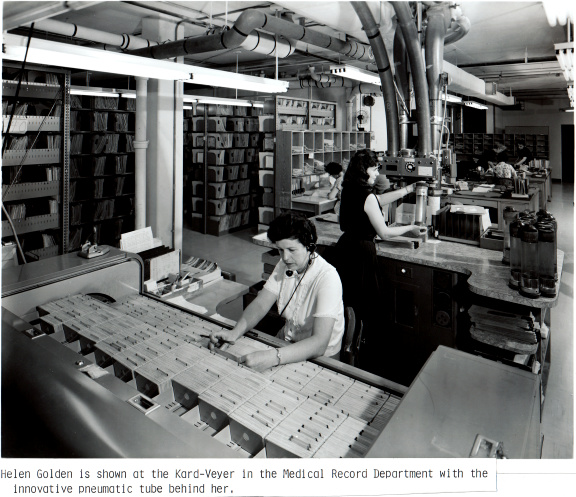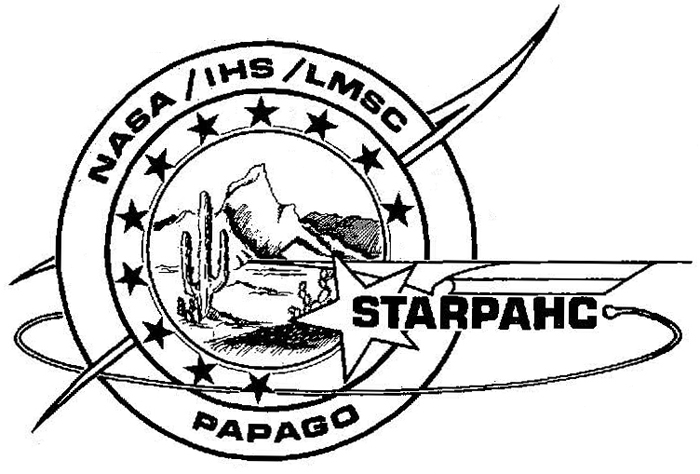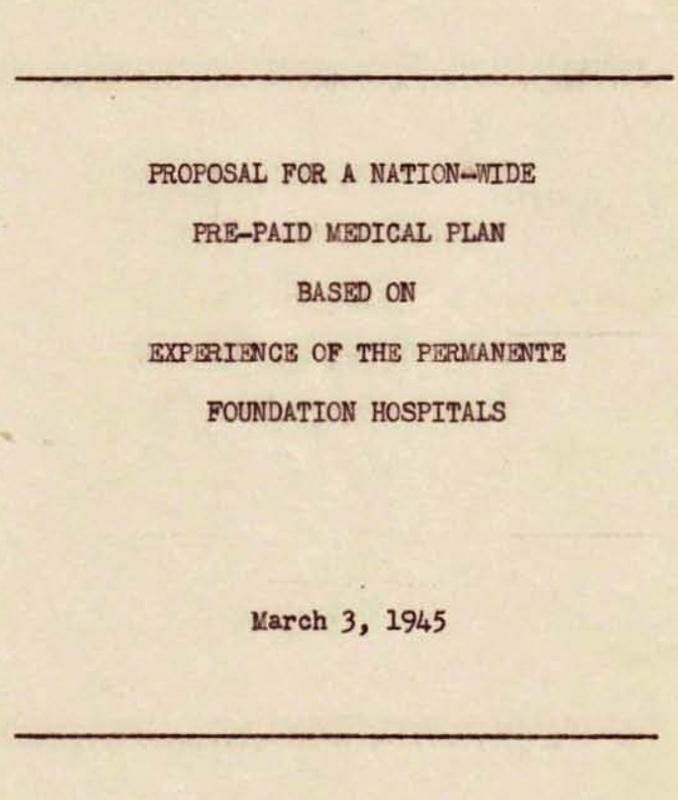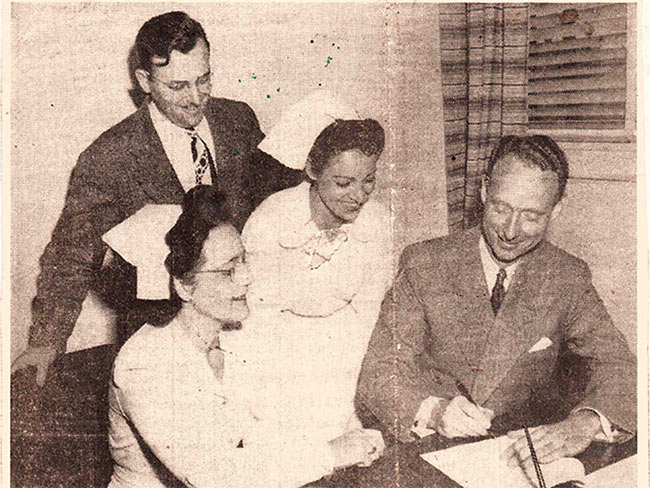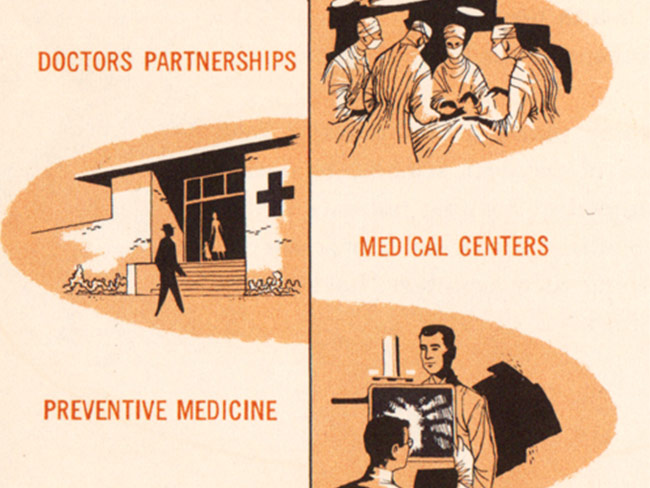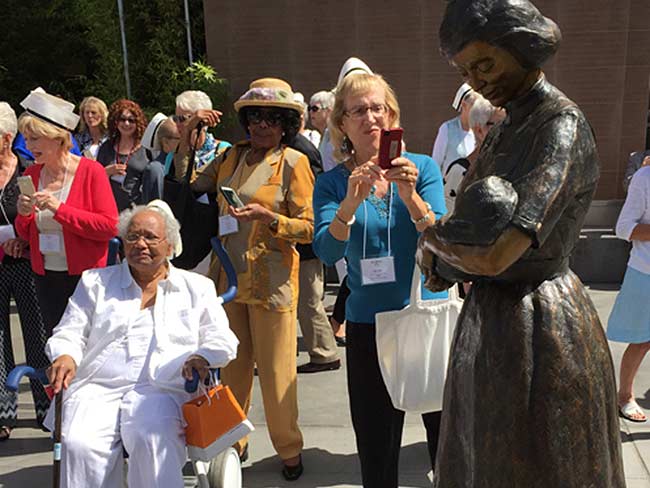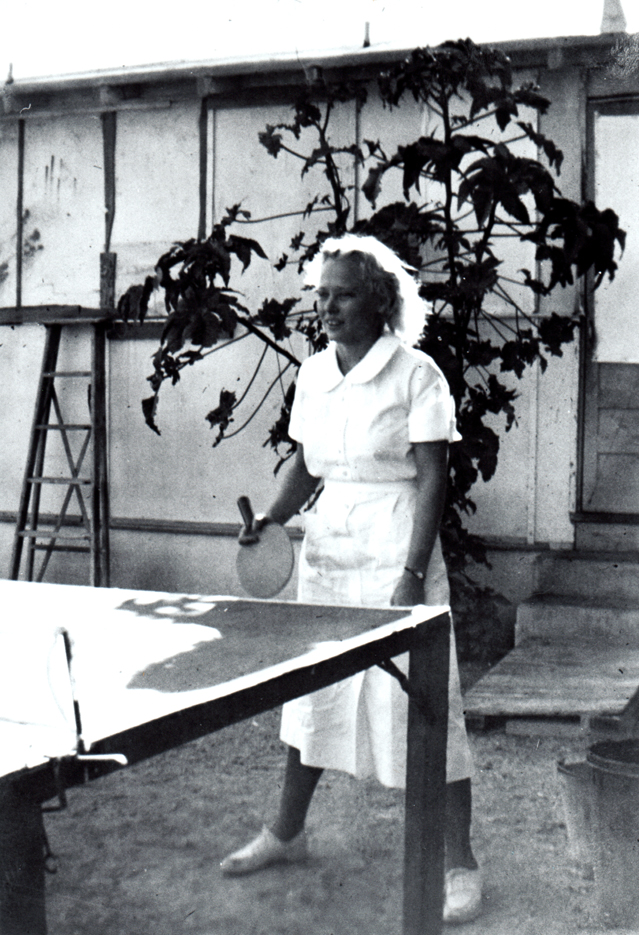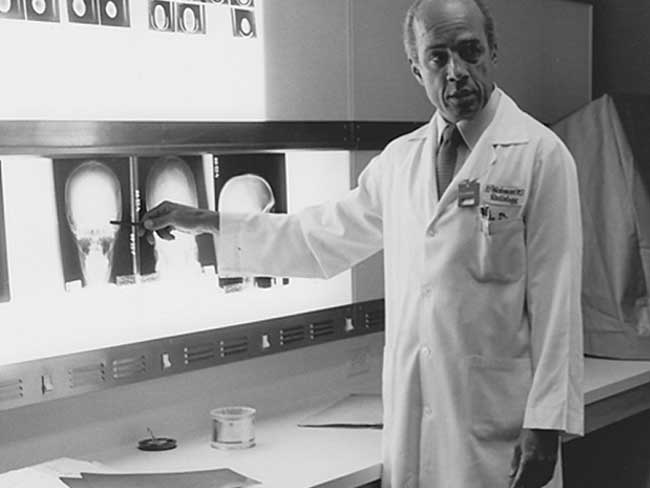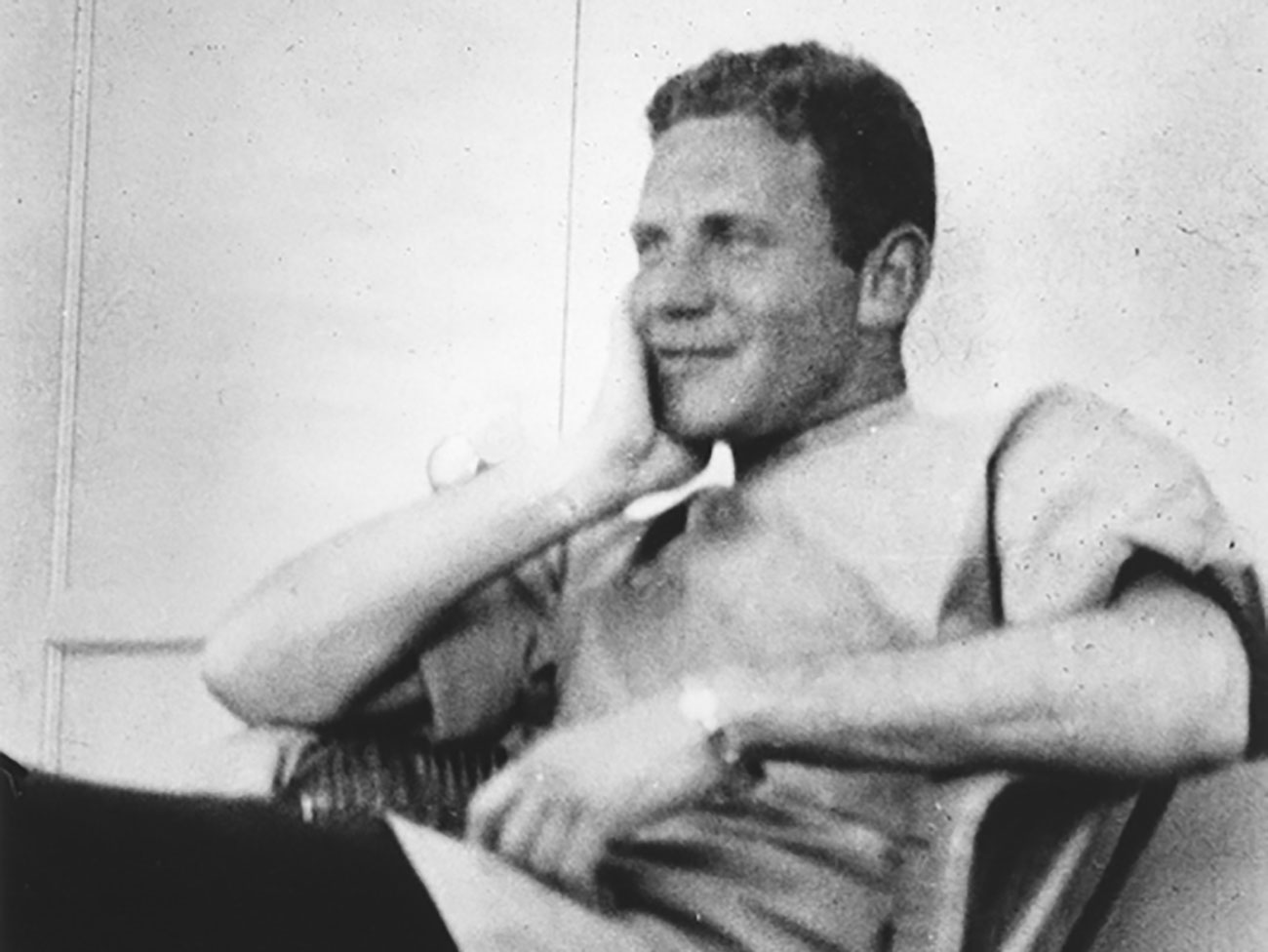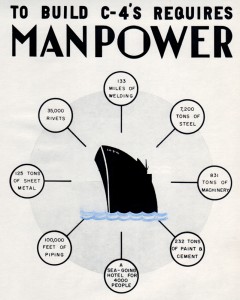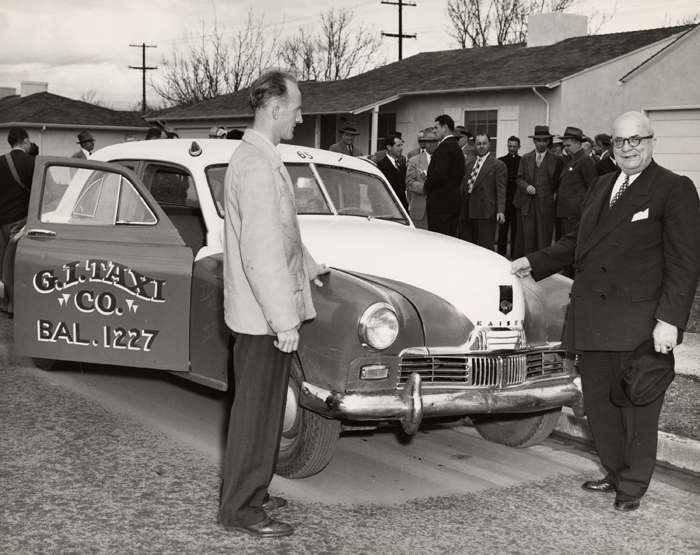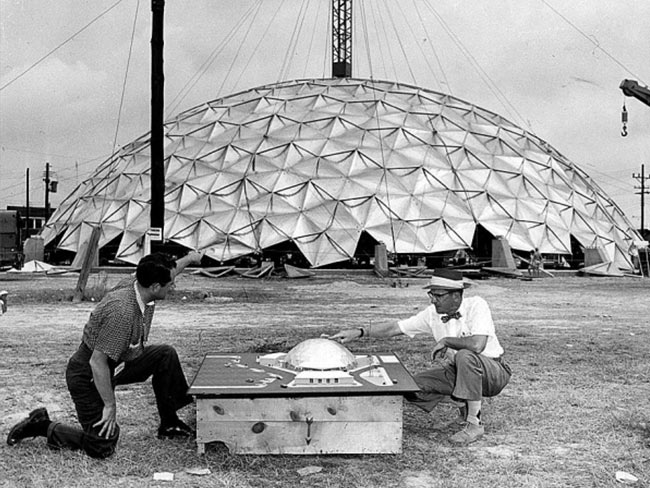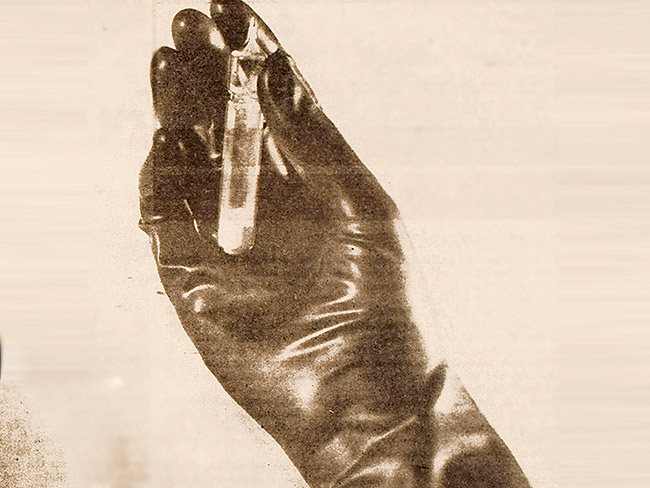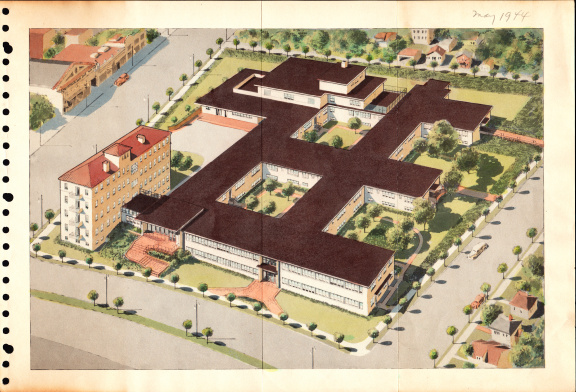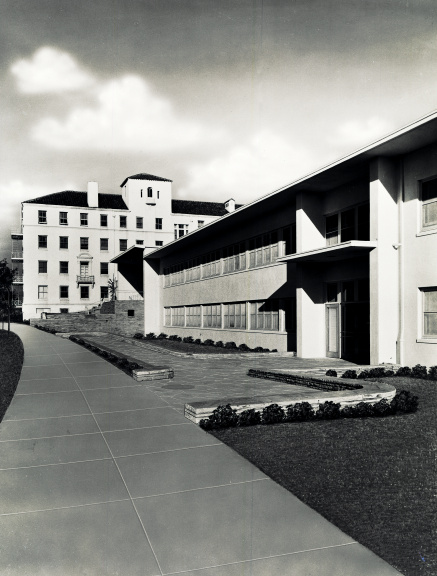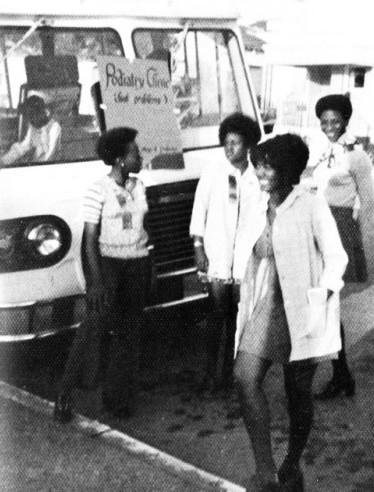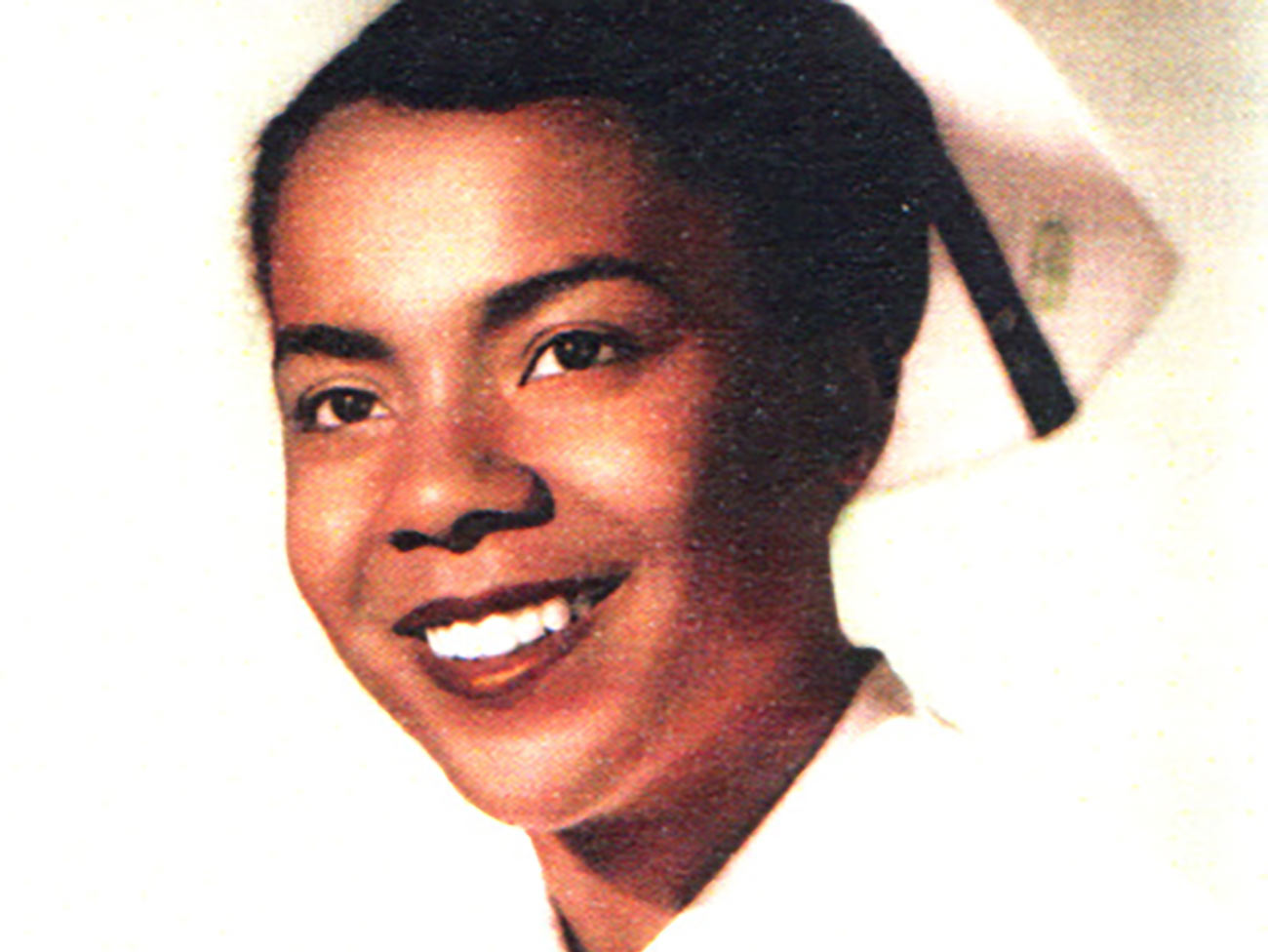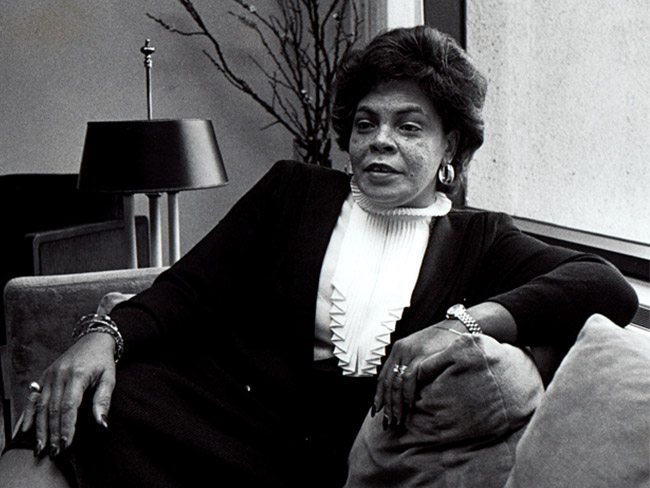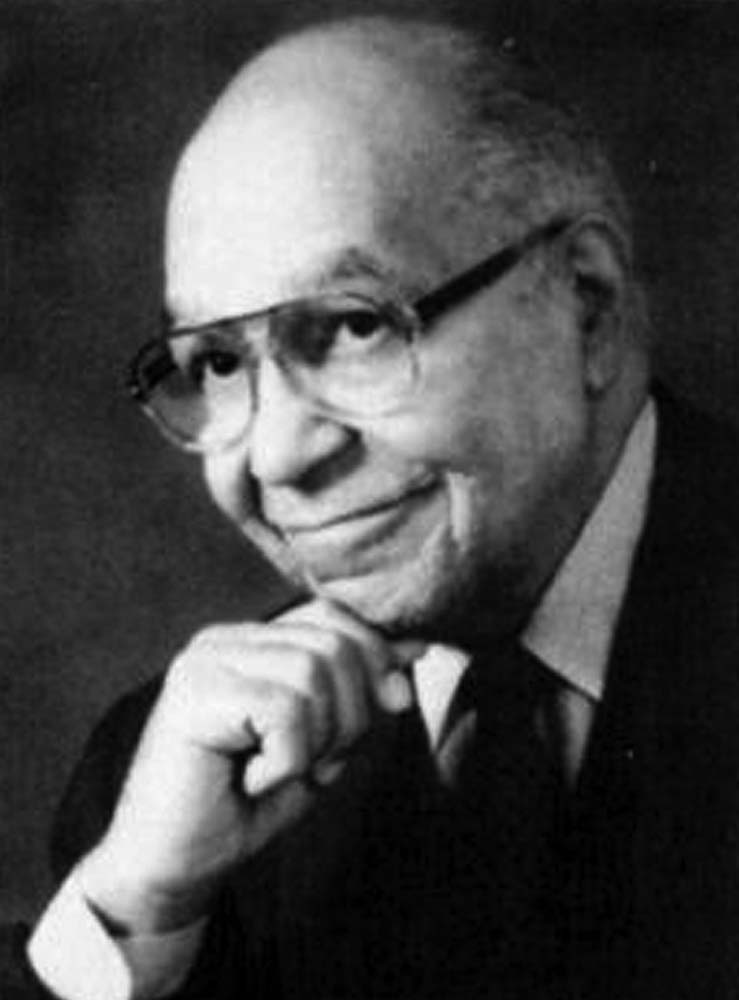Mending bodies and minds — Kabat-Kaiser Vallejo
The expanded new location provided care to a greater population of members in the San Francisco Bay Area.
Physical therapy at Kabat-Kaiser Vallejo.
Mark Wellman fell from a cliff and broke his spine in 1982 at the age of 22. A well-known mountain climber, Wellman went on to scale Yosemite’s El Capitan seven years later despite his injuries, and was the first person to climb the 3,000-foot cliff using only his arms. Two years later, he summited Half Dome and later became the first person with paraplegia to sit-ski across the Sierra Nevada.
Wellman received physical therapy and rehabilitation treatment at the Kaiser-Kabat Institute in Vallejo, Calif. (also called the Kabat-Kaiser Institute of Neuromuscular Rehabilitation), now the Kaiser Foundation Rehabilitation Center and Hospital which is still in operation. The work in Vallejo built upon the distinctive and important physical rehabilitation work done under the direction of Herman Kabat, MD, at the Kabat-Kaiser Institute in Santa Monica, which operated from 1947 to 1962.
Henry J. Kaiser had purchased the Vallejo Community Hospital in March 1947 from the Federal Works Agency to serve the growing Permanente health plan membership in that corner of the San Francisco Bay Area. The innovative facility had been designed by noted architect Douglas Dacre Stone (1897-1969), who’d also designed Children’s Hospital Oakland and Peralta Hospital. The facility was larger than needed, and in June part of the campus was allocated to the new Kabat-Kaiser rehabilitation program. There was also a Kabat-Kaiser clinic at the Permanente Foundation Hospital in Oakland, but after living quarters were built in Vallejo in late 1947 the Oakland clinic only served outpatients.
A key impetus behind Kaiser’s involvement in physical rehabilitation was in response to his youngest son Henry Junior (1917-1961) contracting multiple sclerosis in 1944 and being successfully cared for by program director Dr. Kabat. The first Kabat-Kaiser Vallejo administrator was Felix Day, and the medical director of the physical therapy school was physiatrist Ora Leonard Huddleston, MD.
The center in Santa Monica primarily treated patients with polio and multiple sclerosis, but Vallejo handled a much wider population of patients with disabling conditions including stroke and spinal cord injury. A 1954 brochure for the Kaiser Foundation Health Plan specifically noted “Members are entitled to rehabilitation and treatment for polio after the acute and contagious state, provided they have had continuous membership since the condition arose, and it originated after April 1, 1954.”
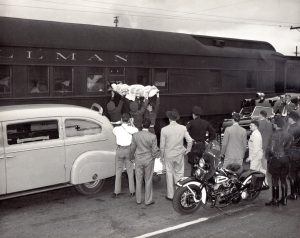
UMWA patients arriving by Pullman train for Kaiser physical therapy, 1948
UMWA patients arriving by Pullman train for Kaiser physical therapy, 1948
Interestingly, this last group included coal miners from rural mining communities in the Midwest and East. In 1947 legendary United Mine Workers of America leader John L. Lewis and the UMWA Welfare and Retirement Fund partnered with Henry J. Kaiser and the Kabat-Kaiser Institute to provide top-quality medical care and rehabilitation for injured miners. They came across the country on the Southern Pacific’s elegant “Gold Coast Limited,” and when they arrived some had to be handed out through windows because they could not be lifted from their berths onto gurneys.
One of the mine workers to benefit from rehabilitation at Vallejo was Harold Willson, who arrived in 1948 with a crushed spine. There he met his nurse and future wife, regained mobility, and went on to work for the Kaiser Foundation Health Plan. Willson became a staunch advocate for making the then-new Bay Area Rapid Transit more accessible with elevators, ramps, chair-high water fountains, accessible bathrooms, lowered hand railings, and “kneeling” buses.
It was in these early years that great strides were being made in the use of physical therapies to treat neuromuscular disabilities. Dr. Kabat received national publicity in the early 1950s for his work at the Vallejo facility, including a major spread in the popular magazine Collier’s Weekly. The institutes, under the direction of Dr. Kabat and physical therapist Margaret “Maggie” Knott, pioneered the therapy called “proprioceptive neuromuscular facilitation.” Maggie Knott and another physical therapist, Dorothy Voss, published the first textbook on PNF in 1956. PNF has become internationally recognized as one of the most widely used and effective treatments for certain injuries and illnesses.
It was also during these years that some in the medical establishment attacked the Permanente Health Plan as “socialized medicine.” Left-sympathetic Dr. Kabat became a casualty, and he resigned from KKI in 1954 to pursue private practice and engage in research. (Also targeted but never harmed was Rene Cailliet, MD, certified in physical medicine and rehabilitation and chief of Kabat-Kaiser Santa Monica). Sedgwick Mead, MD, from Harvard University, was appointed medical director of the Vallejo KKI facility and it was renamed the California Rehabilitation Center.
KKI programs included a range of occupational training such as shoe and watch repair. One of their more popular recreational programs was wheelchair square dancing. And a local sports page on March 16, 1950, noted that the Fifth Annual Hayward Area Open Basketball Tournament would host the “First civilian wheelchair basketball team in the world” the “Wheeling Warriors” from KKI, where they would tangle with the National Guard 49ers.
Because the PNF method works so well, the program at the Kaiser Foundation Rehabilitation Center in Vallejo continues to draw graduate students from all over Europe, South America, and Asia. Just as in the early years, all productive approaches are welcome in physical and emotional therapy. A recent article highlighted several patients whose recovery was greatly enhanced by the healing power of visual art.
Kabat-Kaiser Vallejo — mending bodies and minds since 1947.
